|
|
All Countries All Ships and Boats
|
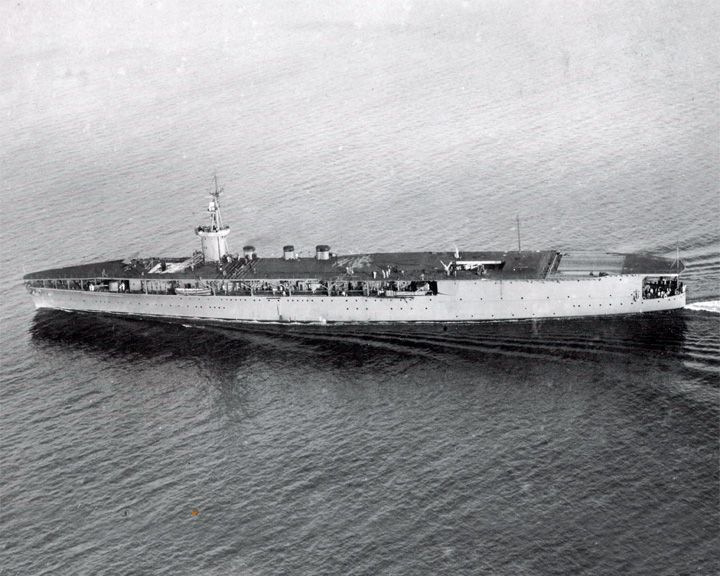 Hōshō — Japanese aircraft carrier First ship designed and built as an aircraft carrier. During World War II, she participated in the Battle of Midway in a secondary role. Afterward, she returned to Japan as a training ship for the duration of the war. LAUNCHED: 1922 → FATE: Scrapped in 1948. |
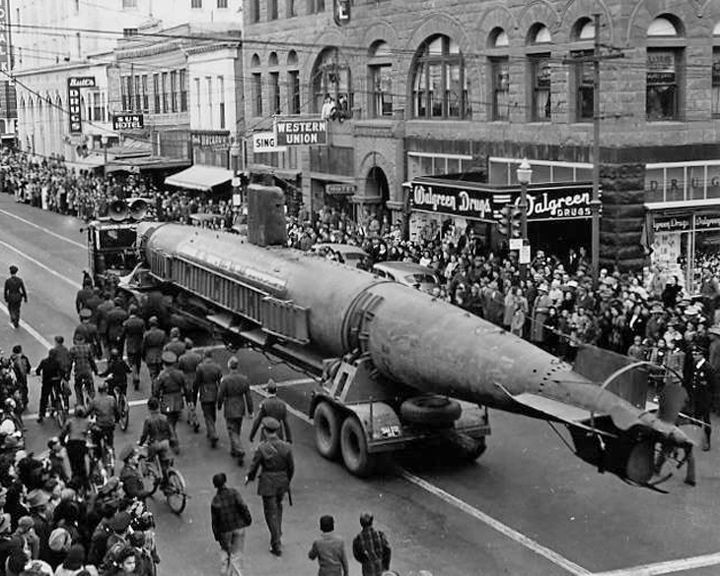 HA. 19 — Japanese midget submarine First shot fired by the U.S. in the World War II was at this minisub as it tried to enter Pearl Harbor. Grounded and abandoned after failing to fired any torpedos, she was pulled out of the sea and was sent to the US mainland in January 1942 where she went on war bond tours. LAUNCHED: 1938 → FATE: On exhibit at the National Museum of the Pacific War in Texas to where she was moved in 1991. |
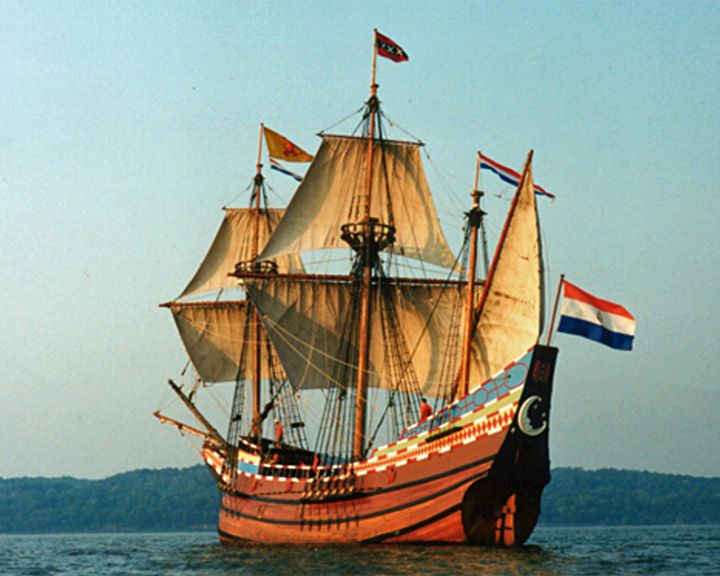 Half Moon — Dutch flyboat, square-rigged, three-masted, wooden Henry Hudson's ship looking for Northwest Passage. Englishman Henry Hudson was in the service of the Dutch East India Company. LAUNCHED: 1609, March → FATE: In 1618 the ship was destroyed during an English attack on Jakarta. |
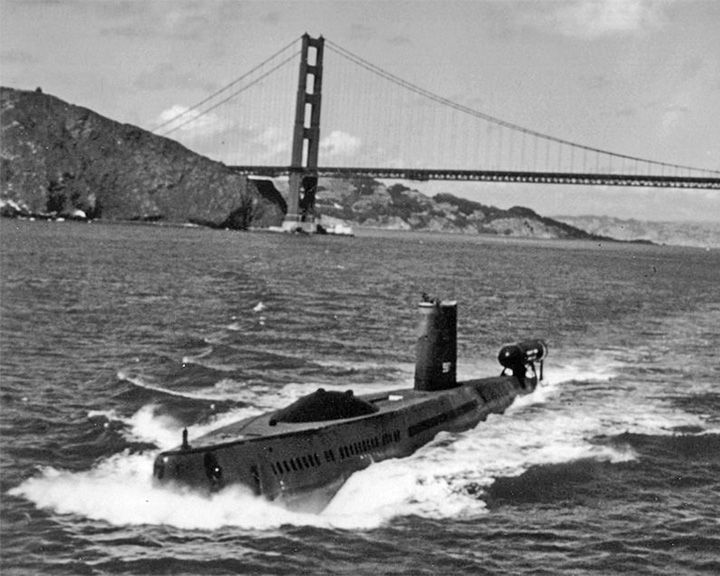 Halibut, USS — American attack submarine Unique nuclear-powered guided missile submarine, adapted for spying operations. In the 1970s, she was used on secret underwater espionage missions by the US against the Soviet Union including the underwater tapping of a Soviet communication line (see Operation Ivy Bells). LAUNCHED: 1959, January 9 → FATE: Moth-balled 1976, dismantled in 1994. |
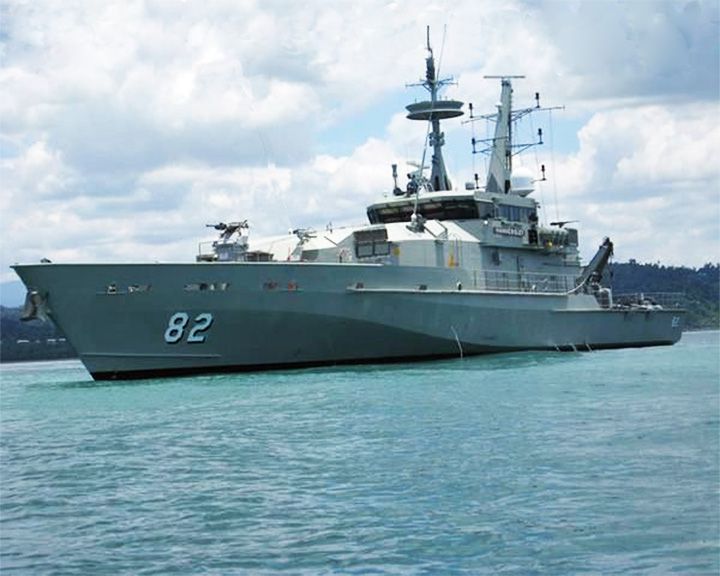 Hammersly, HMAS — Australian Armidale-class patrol boat Setting for the Australian television drama Sea Patrol, from 2007-2011. Several ships were used in filming; first portrayed by two real Fremantle-class patrol boats, then for the second season, two Armidale-class patrol boat were used to represent Hammersley LAUNCHED: 2007 → FATE: Inconclusive. |
 Hannah, USS — American schooner The first armed American naval vessel of the American Revolution and is claimed to be the founding vessel of the US Navy. The city of Beverly, Massachusetts and the town of Marblehead, Massachusetts each claim to have been the home port of the schooner. LAUNCHED: 1775, September 2 → FATE: Unknown. |
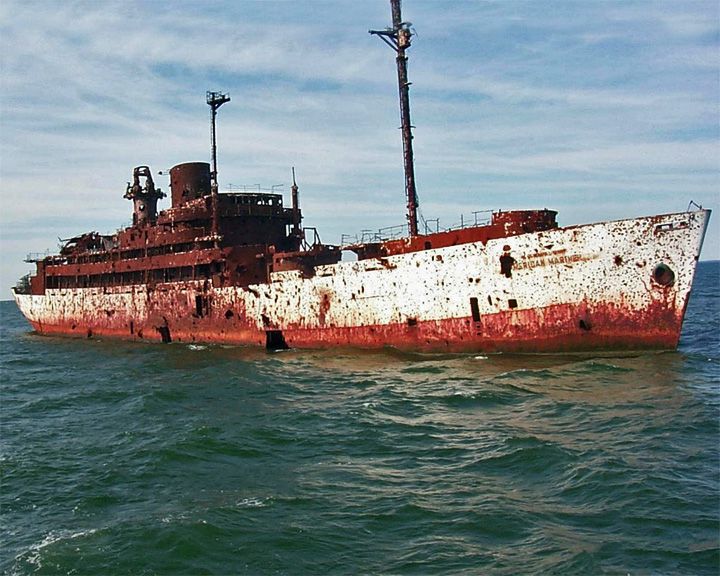 Hannibal, USS — American collier A target ship in the Chesapeake Bay. In 1966, a old WW II Liberty ship, the American Mariner, was made a target ship, and, by tradition, was named Hannibal. LAUNCHED: 1898, April → FATE: Sunk as target practice March 1, 1945. |


|
Page 2
|
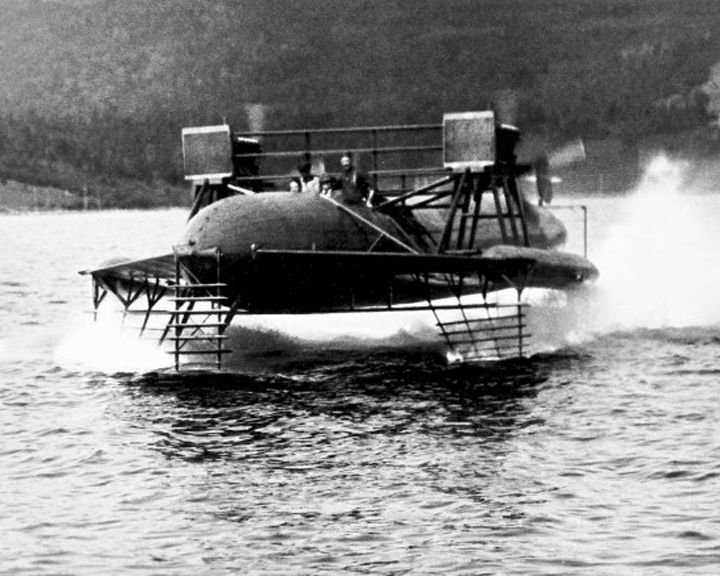 HD-4 — American hydrofoil An early research hydrofoil watercraft developed by the Alexander Graham Bell. She set a world marine speed record of 70.86 miles per hour (114.04 km/h), that stood for almost a year. LAUNCHED: 1919 → FATE: Dismantled in 1921, laying for decades on the shore at Beinn Bhreagh, Nova Scotia. |
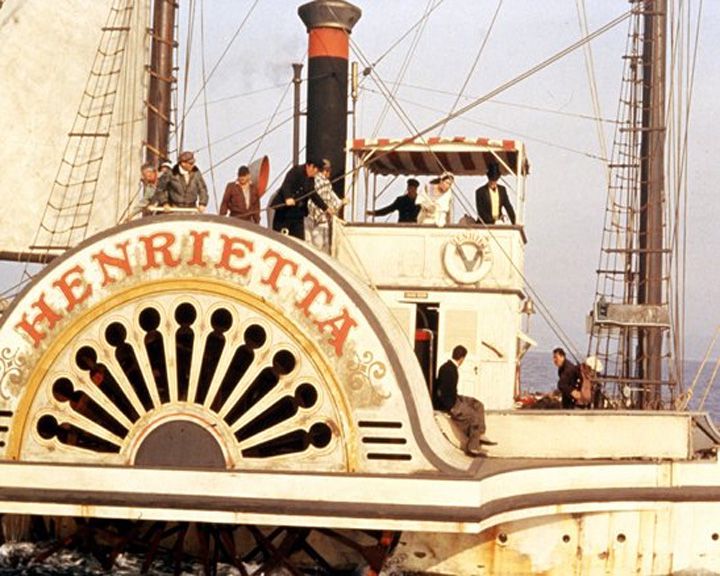 Henrietta — French steamboat Fiction steam boat in the movie Around the World in 80 Days. In the movie, the boat is stripped clean in order to fuel her across the ocean. LAUNCHED: 1956, movie release → FATE: Inconclusive. |
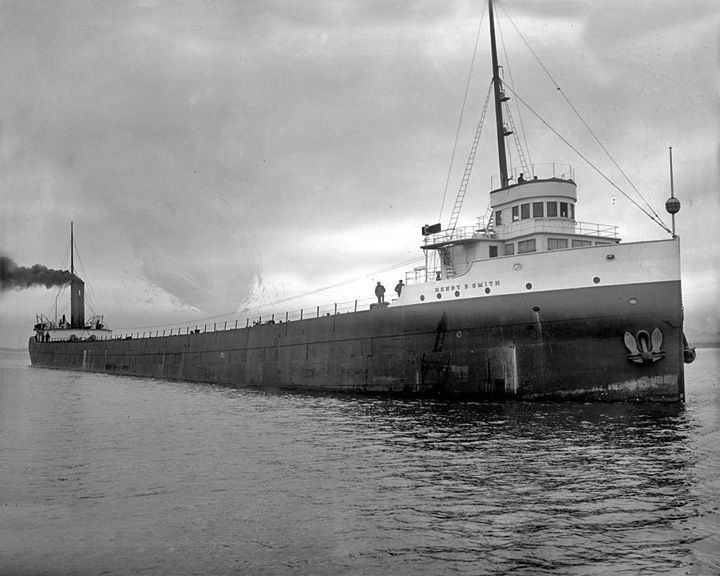 Henry B. Smith, SS — American lake cargo ship, freighter; steel-hulled, propeller-driven One of several ships lost in the Great Lakes Storm of 1913. The crew of 25 were lost and the wreck has not been located as of 2017. LAUNCHED: 1906, May → FATE: Foundered and sank near Marquette Michigan, November 10, 1913. |
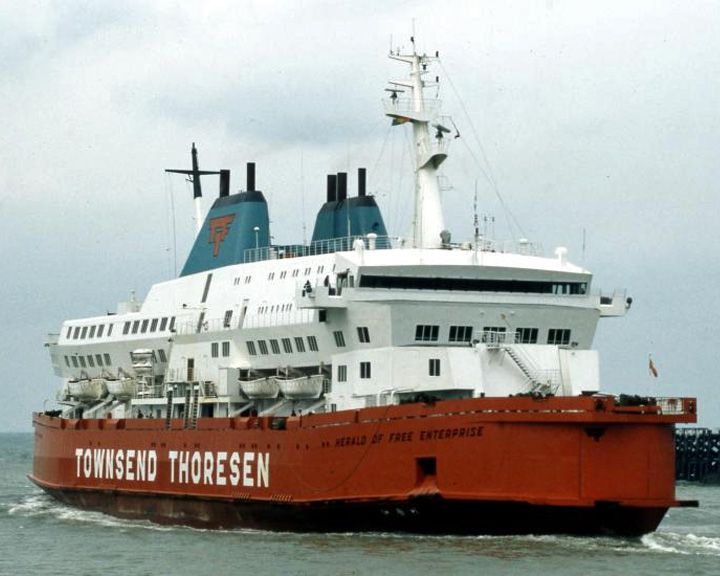 (Another (Another Herald of Free Enterprise, MS — British roll-on/rolll-off ferry Capsized moments after leaving the Belgian port, killing 193 passengers and crew, the highest death-count of any peacetime British maritime disaster since 1919. The ship owners, Townsend Thoresen, re-branded the company as P&O European Ferries, repaint the fleet's red hulls in navy blue and remove the TT logo from the funnels. LAUNCHED: 1980 → FATE: Because deck doors were left open, she filled with water and capsized March 6, 1987; was raised April 1987 and scrapped in 1988. |
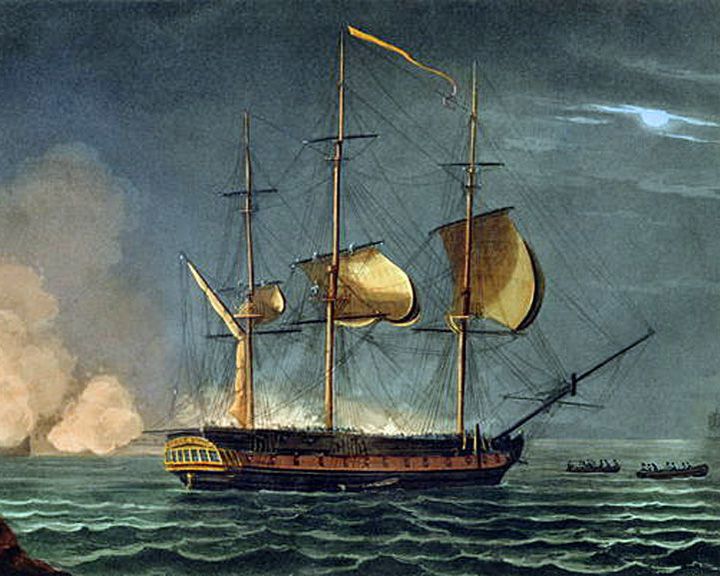 Hermione, HMS — British frigate, fifth-rate Notorious for having the bloodiest mutiny in British naval history. Mutineers gave her to the Spaniards in 1797 who put her in service as Santa Cecilia. She was retaken by the British in 1799 and renamed the Retaliation. LAUNCHED: 1782, September → FATE: Broken up at Deptford in June 1805. |
 Hero, HMAS — British Leander-class frigate Setting for the popular British television series Warship, from 1973-1977. Seven different frigates played the role of HMS Hero, all were repainted with the pennant number F42 of HMS Phoebe, the main warship used for filming. LAUNCHED: 1973 → FATE: Inconclusive. |
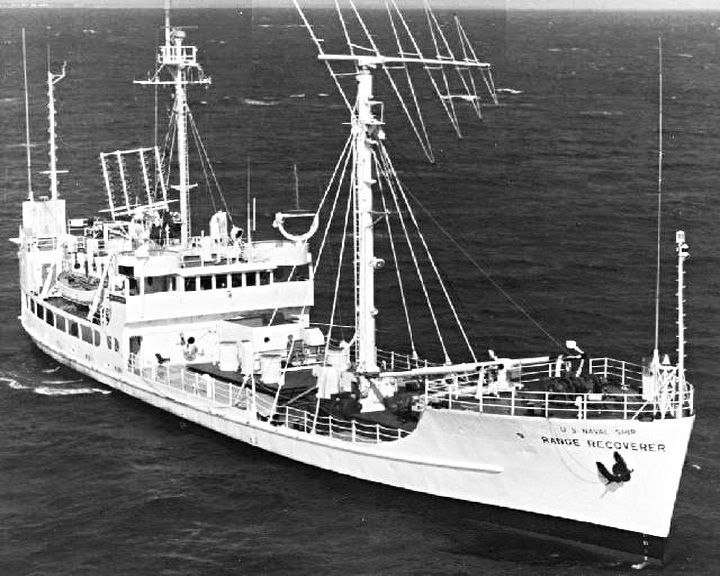 Hewell, USS — American cargo ship Featured in the 1955 movie Mister Roberts, starring Jack Lemmon. For the movie, small alterations were made including the palm trees on deck. LAUNCHED: 1944 → FATE: Scrapped 1973. |
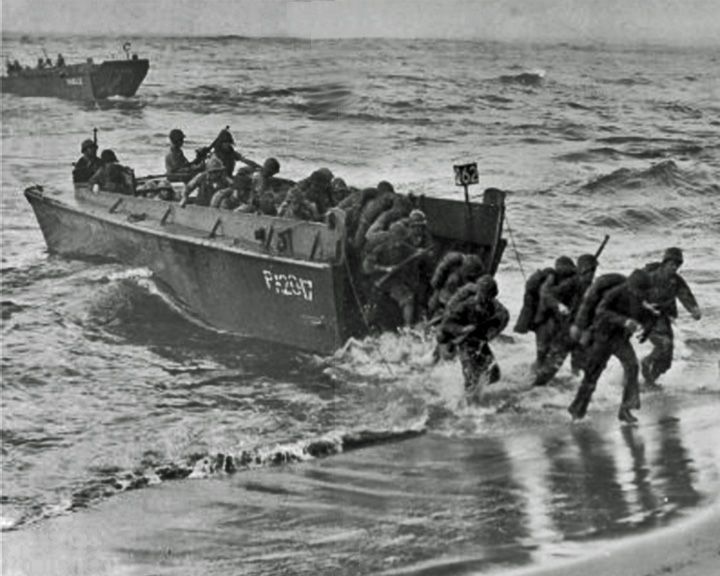 Higgins boat — American troop landing craft (Landing Craft, Vehicle, Personnel or LCVP) Troop landing craft crucial to the Allied victories in World War II. Designed by Andrew Higgins, nearly 20,000 were build. LAUNCHED: 1935 → FATE: Only a few survive and are being restored. |
|
Page 3
|
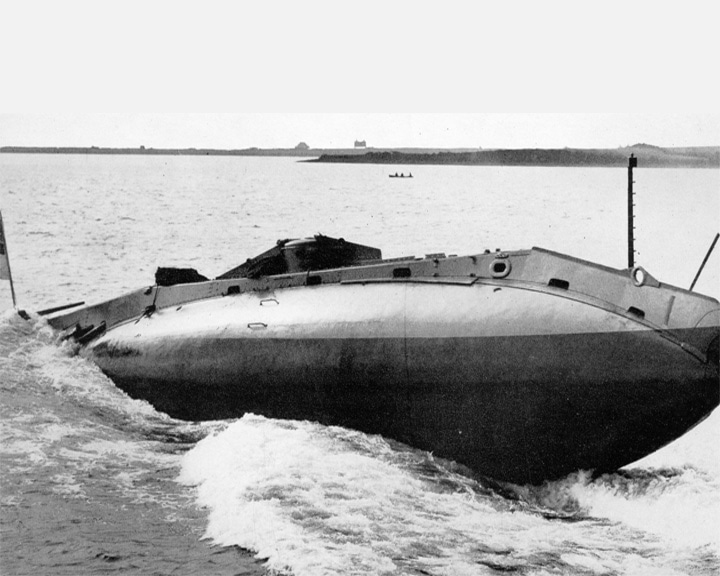 Holland I, HMS — British submarine The first submarine commissioned by the Royal Navy. While being towed to the scrapyard she sank in bad weather off the coast of Eddystone lighthouse. LAUNCHED: 1901, October → FATE: On display at Royal Navy Submarine Museum, Gosport. |
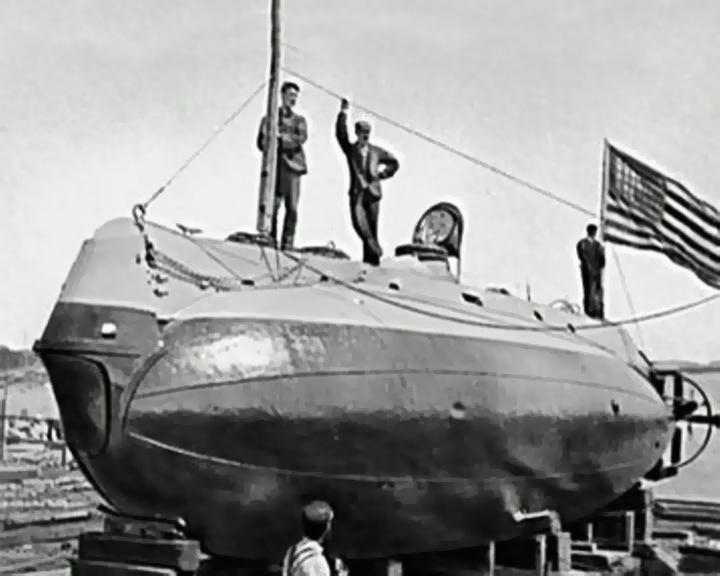 Holland, USS (SS-1) — American submarine First modern commissioned submarine for the US Navy. She proved valuable for experimental purposes in collecting data for submarines under construction or contemplation and for training officers and enlisted men. LAUNCHED: 1897, May 17 → FATE: On display in a park in Paterson, New Jersey until sold for scrap, 1932. |
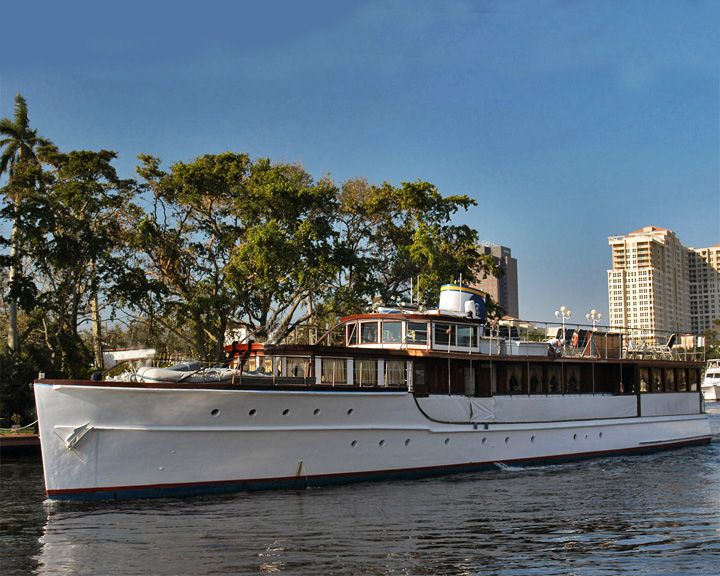 Honey Fitz — American yacht Presidential yacht was renamed after John Francis "Honey Fitz" Fitzgerald, maternal grandfather of President John F. Kennedy. The yacht saw service during World War II as a picket ship off Fire Island, New York. She also served as a training ship for submarine crews. LAUNCHED: 1931 → FATE: Still in service as a pleasure boat. |
 Hood, HMS — British battle cruiser Last battle cruiser built by Britain. Of the 1,418 aboard, only three men survived. LAUNCHED: 1918, August 18 → FATE: Sunk by the German battleship Bismarck at the Battle of the Denmark Strait May of 1941. |
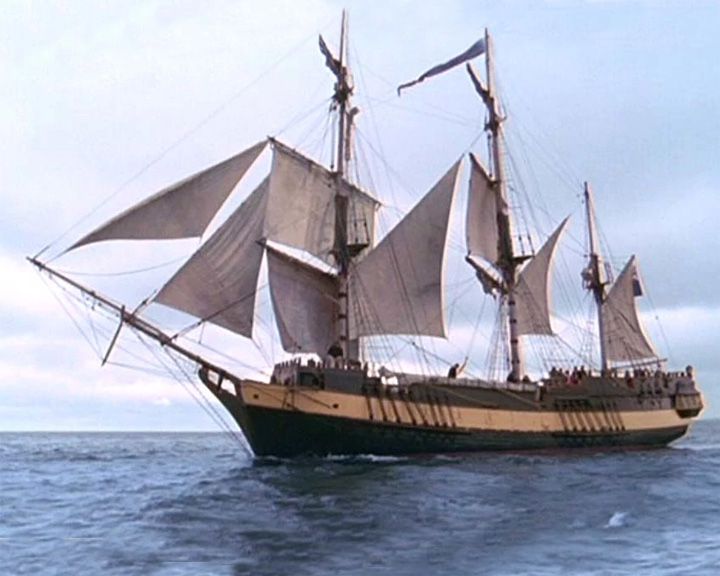 Hotspur, HMS — British sloop-of-war Ship of Horatio Hornblower in the book series and British TV series Hornblower and the Hotspur by C. S. Forester. In the TV series, she is captured by the French. After Hornblower and the crew later discover the ship, they succeed in retaking it. LAUNCHED: 1962, for the book; 1988 2003 for the TV series → FATE: Unknown. |
 Houston, USS (CA-30) — American cruiser, Northampton-class During the Battle of Sundra Strait, she put up a valiant effort an against overwhelming Japanese offense. In the 1930s, she made several special cruises, several with President Franklin Roosevelt aboard. LAUNCHED: 1929, September 7 → FATE: Sunk by a torpedo, 1 March 1942. |
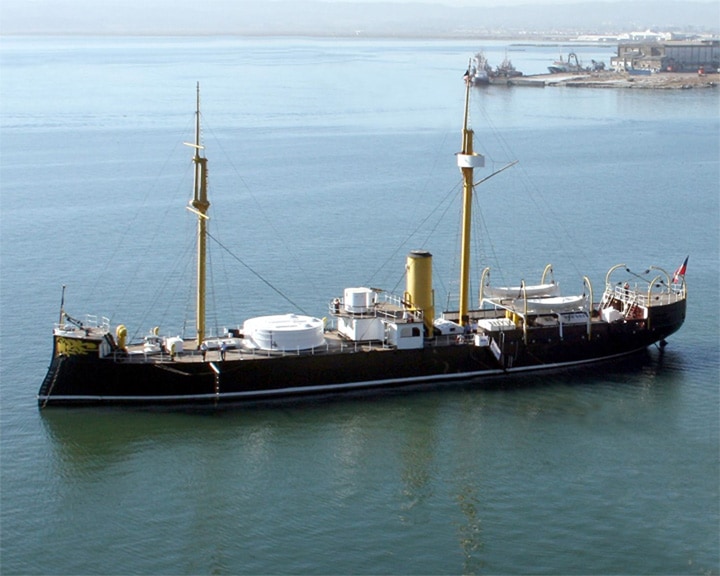 (Another (Another Huáscar — Peruvian iron-clad turret ship The flagship of the Peruvian Navy and participated in the Battle of Pacocha and the War of the Pacific of 1879–1883. She is the second oldest armored warship afloat and the oldest monitor afloat LAUNCHED: 1865, October 6 → FATE: She was restored and is a memorial ship anchored in Talcahuano, Chile. |
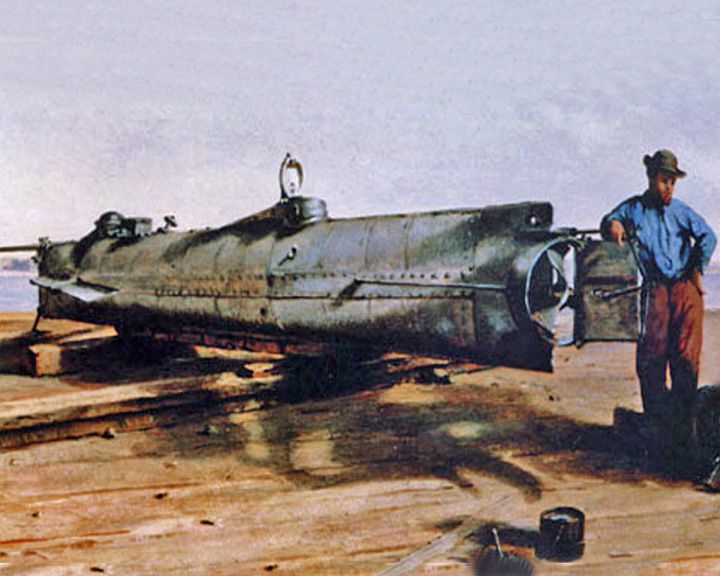 Hunley, H.L. — American Confederate submarine During the American Civil War, the first submarine to sink a ship. She a ttacked by embedding a barbed spar torpedo into the foe's hull and detonating it as she backed away. LAUNCHED: 1863, July → FATE: Sank after attacking and sinking USS Housatonic in Charleston Harbor, February 17, 1864. |
|
Page 4
|
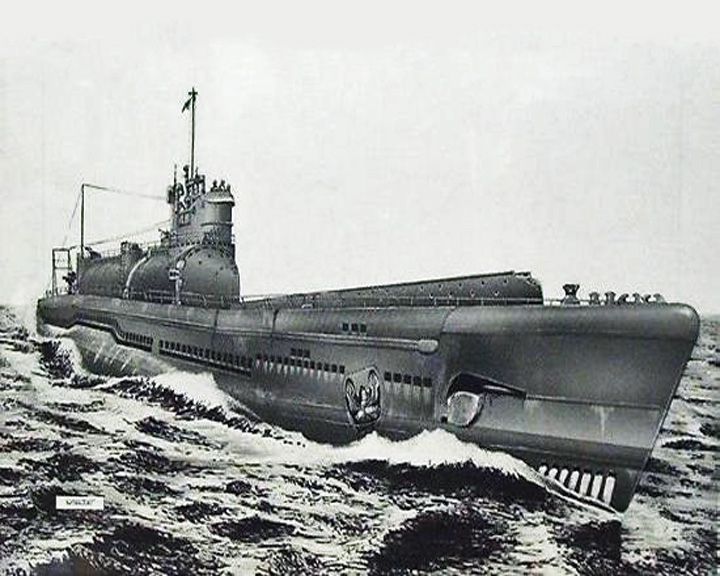 I-400 — Japanese submarine The largest non-nuclear submarines ever built. These submarine aircraft carriers were able to carry three aircraft underwater to their destinations, surface, launch their planes, then quickly dive again. LAUNCHED: 1943, January 1945 July → FATE: Scuttled near Kalaeloa, Hawaii on June 4, 1946. |
Icon of the Seas — American cruise ship Largest passenger ship ever constructed, accommodating 7600 guests and a gross tonnage of 250,800, surpassing Wonder of the Seas at 235,600.. At 1,198 feet (365 meters) in length, she is longer than the largest military ship ever built, the U.S. Gerald R. Ford-class aircraft carrier at 1,106 feet (337 meters). LAUNCHED: 2022, December 9 → FATE: Still in service. |
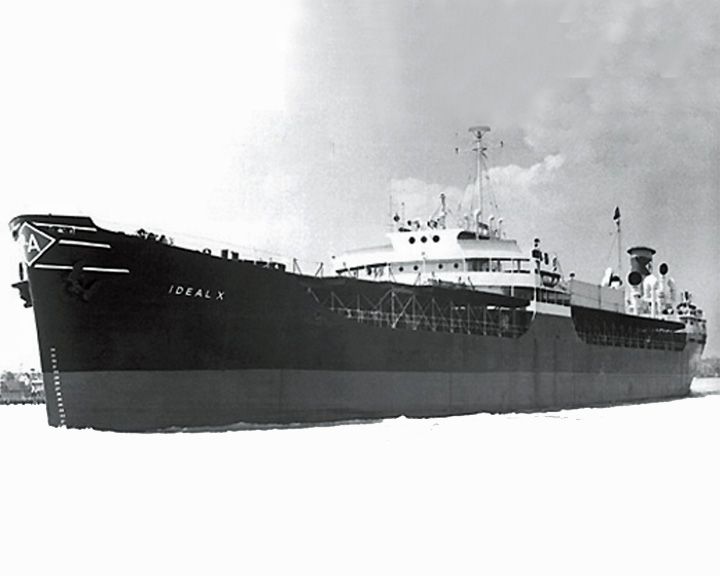 Ideal X, SS — American cargo ship (container ship) First container ship. She was converted from a World War II T-2 oil tanker named Potrero Hills by a trucking executive named Malcolm McLean. LAUNCHED: 1944, December → FATE: Scrapped in Japan in 1967. |
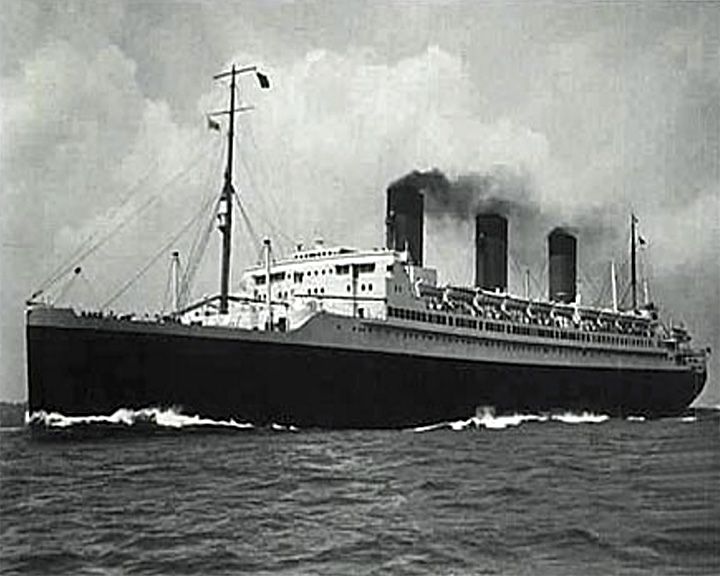 Ile de France, SS — French ocean liner Used as a floating prop for 1960 movie The Last Voyage with the name SS Claridon. She was the first major transatlantic ocean liner to be decorated entirely in the Art Deco style. LAUNCHED: 1926, March 18 → FATE: Scrapped at Osaka, Japan in 1959. |
 Independence, USS — American trimaran, small assault transport ship A versatile multi-hulled U.S. Navy ship designed for high speed. The ship is a trimaran design that can make more than 40 knots (74 km/h; 46 mph). LAUNCHED: 2008, April 18 → FATE: Currently in service. |
 Indiana, USS (BB-1) — American battleship First battleship in the United States Navy comparable to foreign battleships of the time. Decommissioned in 1919, her name was changed to Coast Battleship # 1. She was subsequently used as a target in ordnance tests and sank as a result. LAUNCHED: 1893, February 28 → FATE: Sunk as target on November 1, 1920 |
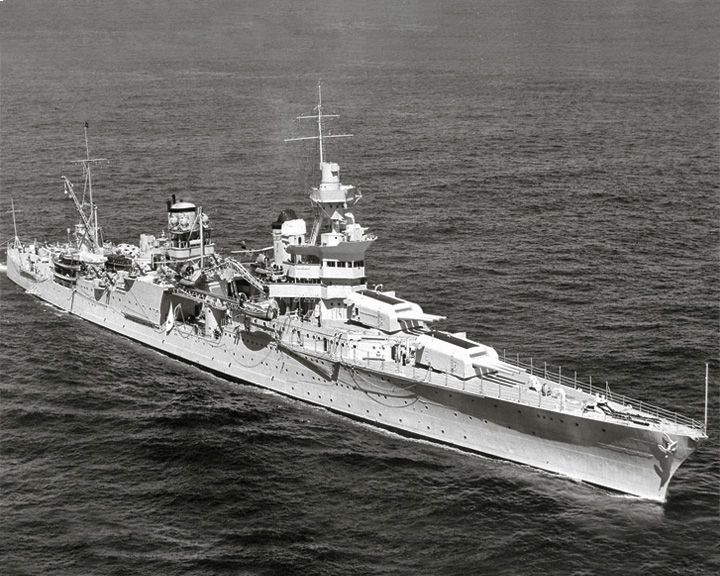 Indianapolis, USS — American Portland-class cruiser Last U.S. ship sunk by enemy in World War II; greatest loss of life at sea in the U.S. Navy's history. Four days after delivering the 1st atomic bomb to Tinian, she was torpedoed and sank with 300 crew. The 900 survivors faced exposure, dehydration, and shark attacks until 4 days later only 317 were rescued. LAUNCHED: 1931, November 18 → FATE: Sunk by a Japanese submarine July 30, 1945. |
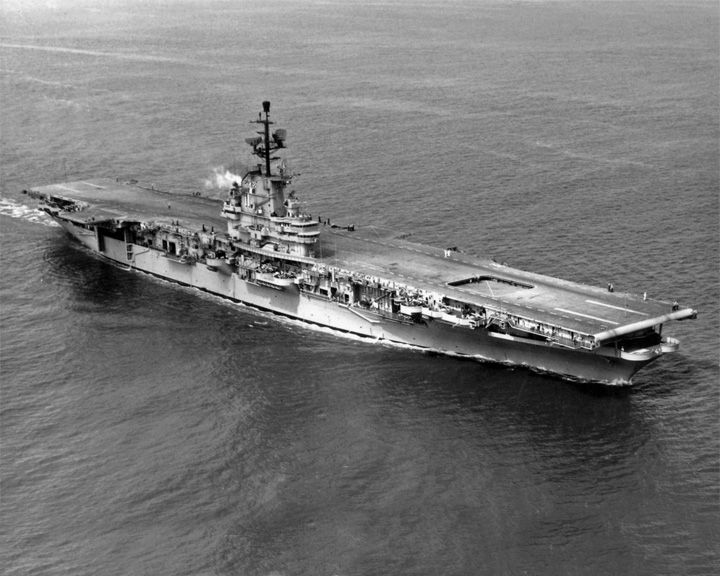 Intrepid, USS — American aircraft carrier; Essex-class In World War II, served extensively in the Pacific; later recovered capsules in space program. Upgraded several times; first American carrier to launch aircraft with steam catapults. One of more than a dozen English and American ships and boats named Intrepid. LAUNCHED: 1943, April 18 → FATE: Currently a museum ship docked at Intrepid Sea, Air & Space Museum in New York City. |
|
Page 5
|
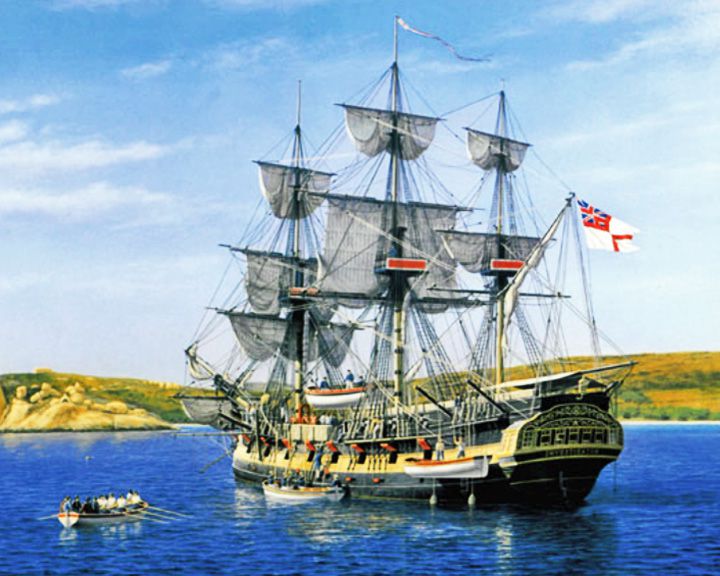 Investigator, HMS — British collier, then in 1801 converted to a survey ship. The first ship to circumnavigate Australia. The Royal Navy sold her in 1810 and she returned to mercantile service under the name Xenophon. LAUNCHED: 1795 → FATE: Broken up about 1872. |
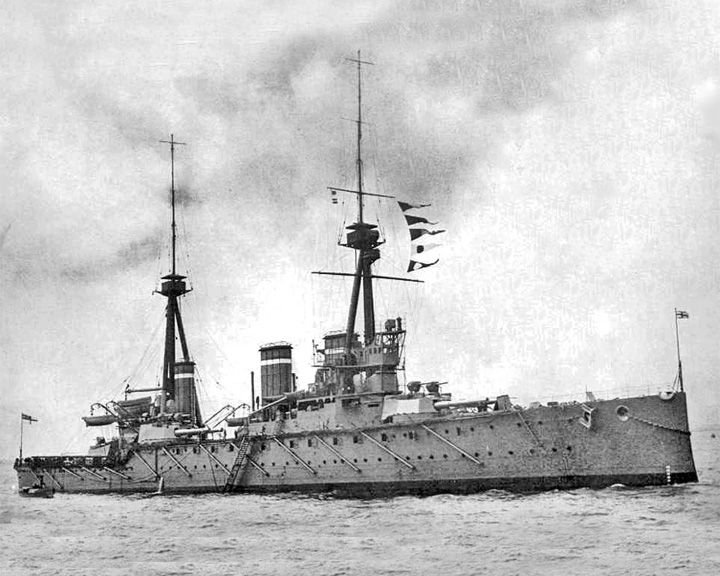 Invincible, HMS — British battlecruiser First battle cruiser to be built by any country in the world. She is one of seven ships named Invincible in the British navy from 1747 to the present. LAUNCHED: 1907, April 18 → FATE: Sunk by the German battleship SMS Lützow at the Battle of Jutland, May 31, 1916. |
 (Another (Another Iowa, USS — American fast battleship First of her class, the last battleship in active service in the world. During a gunnery exercise, on April 19, 1989, an explosion ripped through a gun turret, killing 47 crewmen. LAUNCHED: 1942, August 18 → FATE: Anchored at San Pedro as a museum ship. |
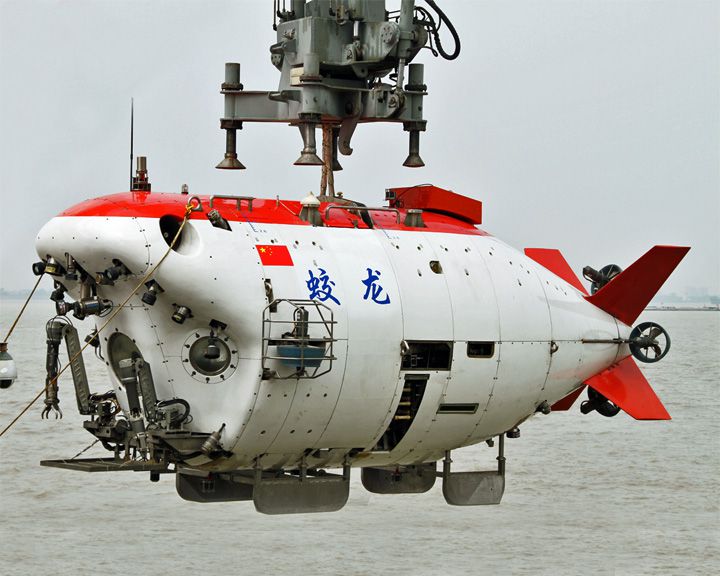 Jiaolong — Chinese research vessel, submersible World's first manned research submersible designed to reach a depth of 7,000 meters below sea level. Named after a mythical river dragon, spiritually akin to the crocodile. LAUNCHED: 2010, July → FATE: Still in operation. |
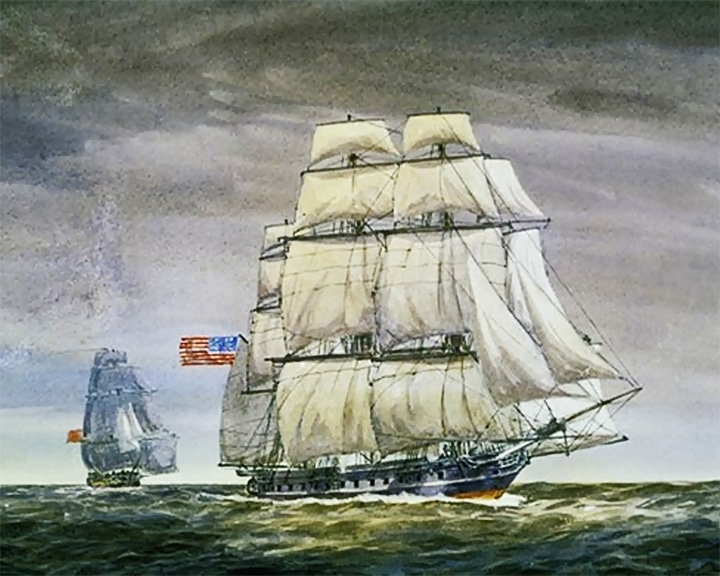 John Adams, USS — American frigate She participated in the raid on Combahee Ferry that Harriet Tubman, the former slave and Union operative, organized with Union colonel Montgomery. She fought in the Quasi-War, the First and Second Barbary Wars, the War of 1812, the Mexican–American War and the American Civil War. LAUNCHED: 1799, October → FATE: Sold October 1867 to the British to use as the Hong Kong Water Police Headquarters. In February 1884, she caught fire and was lost. |
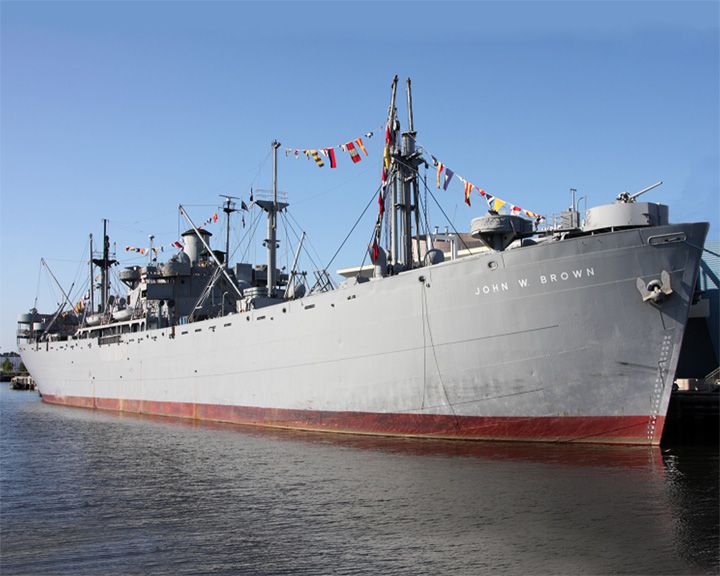 John W. Brown, SS — American liberty ship One of two still operational and one of three preserved as museum ships. After making 12 troop and cargo voyages across the Atlantic during World War II, she served as a training ship from 1946 to 1982. LAUNCHED: 1942, September 7 → FATE: After restoration, now a floating museum stationed in the Chesapeake Bay, Baltimore, Maryland. |
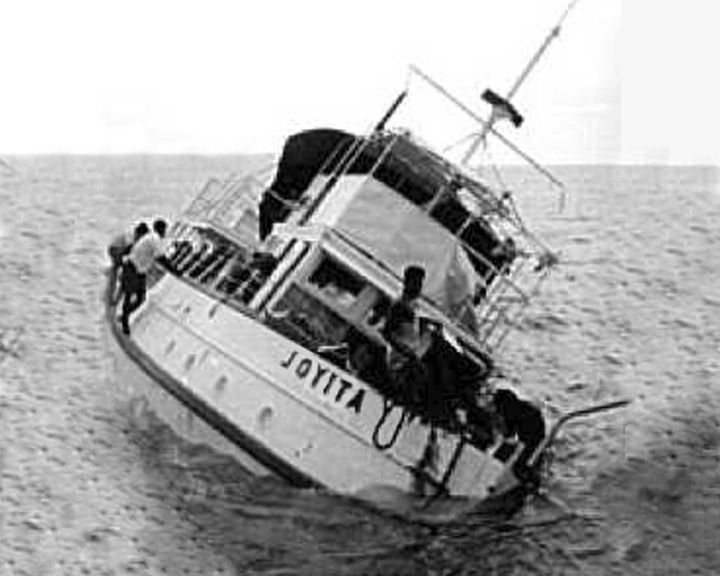 Joyita — American luxury yacht, outfitted as a yard patrol boat Found adrift in the South Pacific, her passengers and crew mysteriously missing in 1955. She is sometimes referred to as the "Mary Celeste of the South Pacific." She has been the subject of several narrations offering explanations ranging from rational to supernatural. LAUNCHED: 1931 → FATE: Broken up near Ovalau, Fiji in the 1970s. |
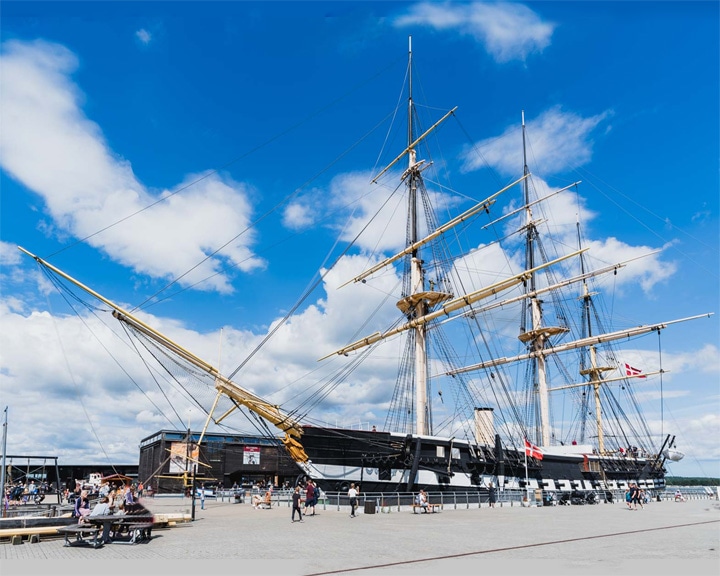 Jylland, HDMS — Danish Screw-propelled steam frigate The world's largest wooden warship still in existence. She took part in the Battle of Heligoland May 9, 1864 LAUNCHED: 1860, November 20 → FATE: She is preserved as a museum ship in the small town of Eblet, Denmark. |
|
Page 6
|
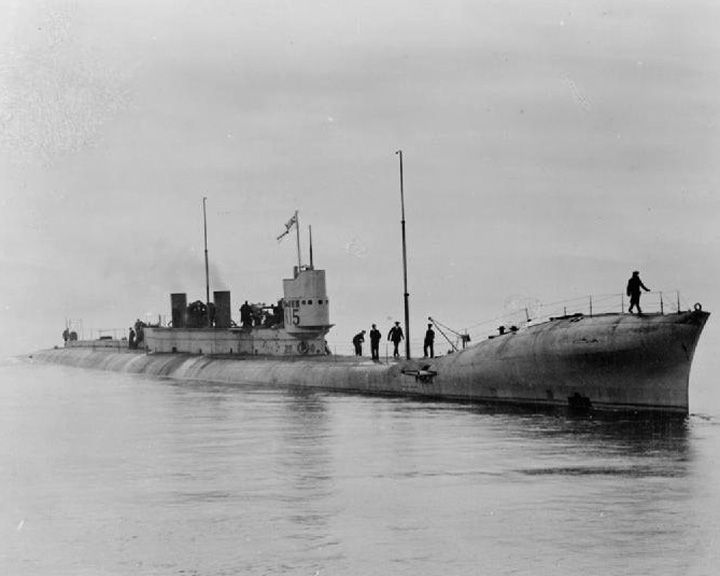 K-13 — British K-class submarine The first in the class of the steam-powered submarines. She sank in an accident during sea trials in early 1917 and was salvaged and recommissioned as HMS K22. 32 people died in the accident and 48 were rescued. LAUNCHED: 1916, November 11 → FATE: Sold for scrapping December 16, 1926 in Sunderland. |
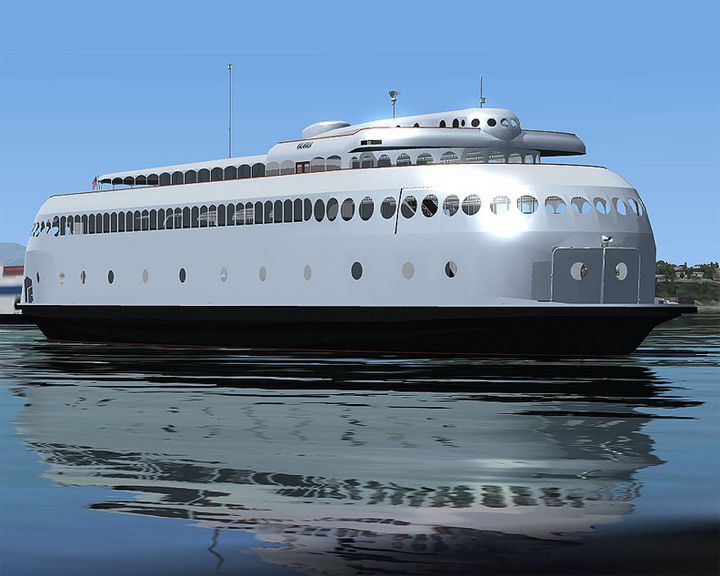 (Another (Another Kalakala — American ferry The first streamlined ferry with Art Deco styling and luxurious amenities served in Puget Sound from 1935 to 1967. From 1926 to 1933, she sailed as the ferry Peralta; after a fire, the superstructure was rebuilt in modern style. LAUNCHED: 1926, April as Peralta; relaunch 1934 → FATE: Moored at Tacoma, Washington. |
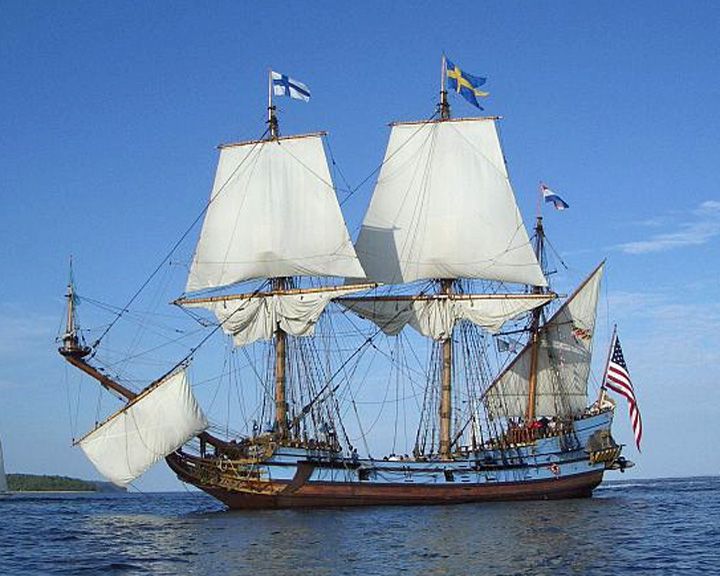 (Another (Another Kalmar Nyckel — Swedish full-rigged pinnace The ship is famed for carrying Swedish settlers to North America in 1638 to establish the colony of New Sweden. A replica (as seen in "Another IMAGE) was launched in 1997. The Kalmar Nyckel made four successful round trips from Sweden to North America, a record unchallenged by any other colonial vessel. LAUNCHED: 1625 → FATE: The original ship was sunk in the North Sea by the Dutch in a war against the English in July of 1652. Replica is in service as a tourist attraction at Wilmington, Delware. |
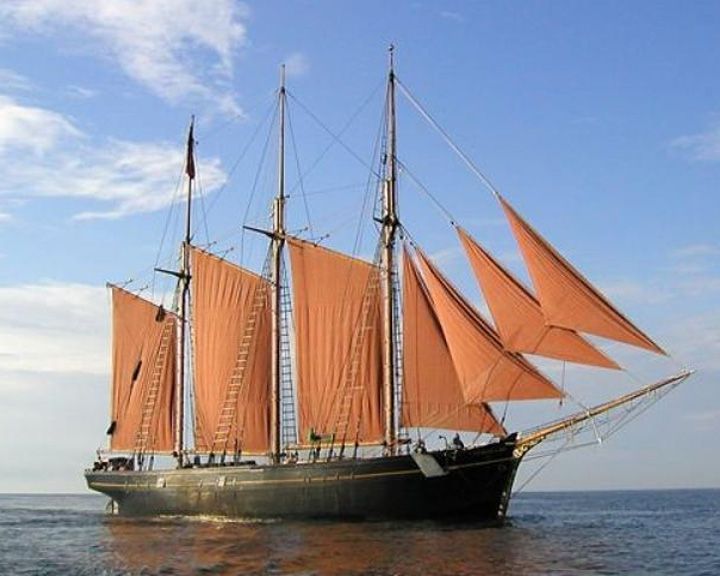 Kathleen and May — British three masted schooner Last remaining British built wooden hull three-masted top sail schooner. Originally equipped with the first known fitting of Appledore roller reefing. After years of service, during restoration in 2000, 70% of the original planking was stripped from the frames, enabling most of her internal timbers to later be refitted. LAUNCHED: 1900, April → FATE: Restored and based in Bideford on the River Torridge. |
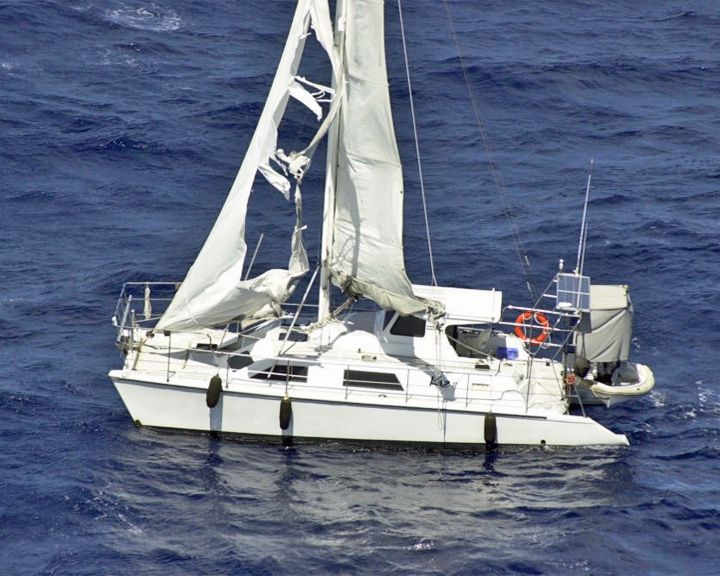 Kaz II — Australian catamaran yacht Three men sailing aboard their yacht mysteriously vanish without a trace off the north-eastern coast of Australia. The fate of her crew is still unknown and the circumstances in which they disappeared can be compared to that of Marie Celeste. LAUNCHED: 1989 → FATE: Unknown. |
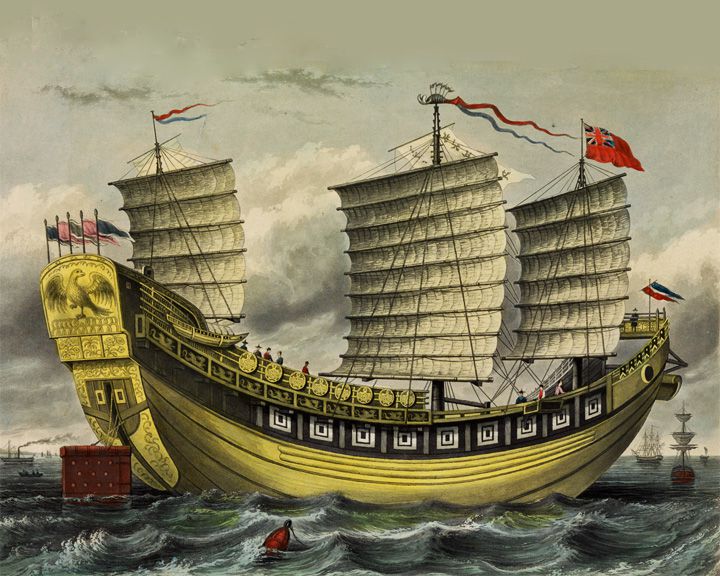 Keying, Junk — Chinese junk, three-masted (trading ship) The first ship from China to visit New York where it was visited by 4,000 tourists a day paying 25 cents to board the ship and meet its crew. She was manned by 30 Chinese and 12 Englishmen, and commanded by the British Captain Charles Alfred Kellett during her travel. LAUNCHED: 1846, circa → FATE: Neglected and rotted in England in 1855. |
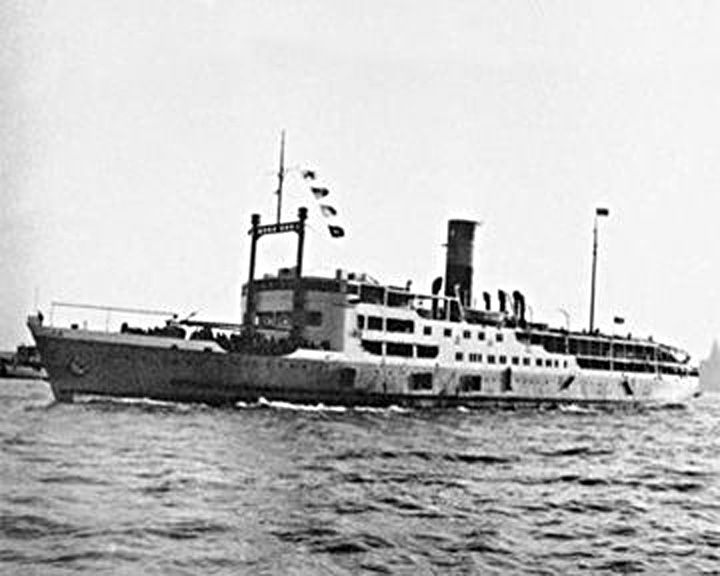 Kiangya, SS — Chinese steamship, passenger Blew up, probably after hitting a World War II Japanese mine, resulting in over 3000 killed. She was packed with refugees from the Chinese Civil War fleeing the advancing Communist army when she sank. LAUNCHED: 1939 → FATE: Sank December 4, 1948 in the mouth of the Huangpu River 50 miles south of Shanghai. |
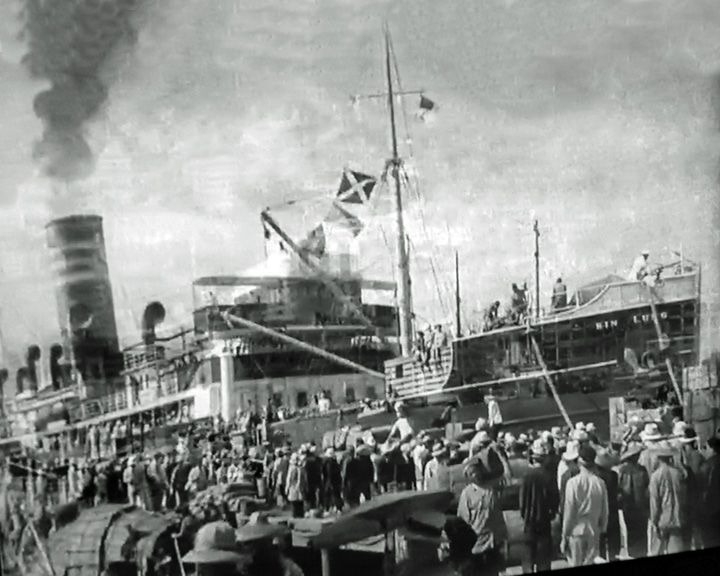 Kin Lung, SS — Chinese tramp steamer The ship setting in the 1935 movie China Seas starring Clark Gable and Jean Harlow. (The ship exterior is rarely seen in the movie; image here is from an opening scene). The special effects during the typhoon with huge waves washing over everyone are dramatic and effective. LAUNCHED: 1935, for the movie; the existence of the actual ship is unknown → FATE: Inconclusive. |
|
Page 7
|
 Kingston II — American tugboat She assisted the launch of several U.S. Navy submarines including Nautilus, the world’s first nuclear submarine. Her ceremonial duties at the museum have included leading river parades of antique boats and welcoming visiting vessels from other nations. LAUNCHED: 1937 → FATE: On exhibit at Mystic Seaport Museum at Mystic, Connecticut. |
 (Another (Another Kirk, USS — American destroyer escort, Knox-class She was sent to help evacuate Americans and fleeing refugees from South Vietnam, caring out one of the most significant humanitarian missions in U.S. military history.. During the evacuation, she was a makeshift landing pad for helicopters flown by South Vietnamese pilots fleeing with families and friends on board. LAUNCHED: 1971, September 25 → FATE: On 29 September 1999, the ship was purchased by Taiwan and renamed Fen Yang. |
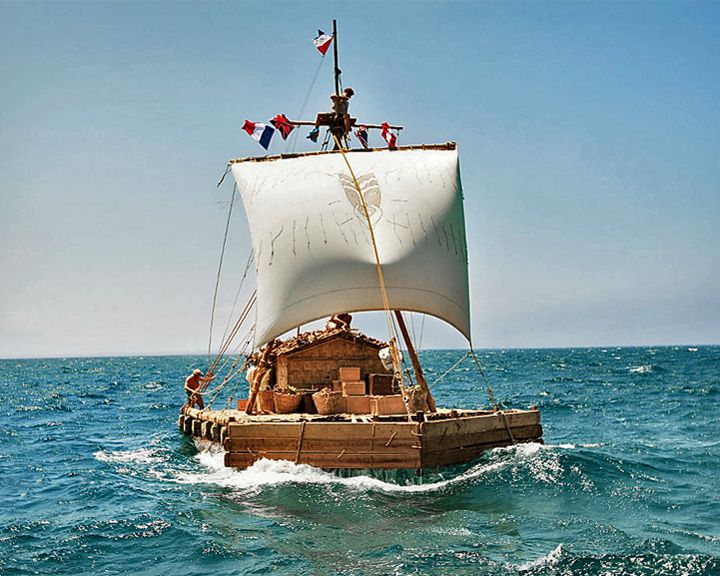 Kon Tiki — Norwegian raft Used by Norwegian Thor Heyerdahl to cross the Pacific. Heyerdahl used the craft in his 1947 expedition from South America to the Polynesian islands to show that people from South America could have settled Polynesia in pre-Columbian times. LAUNCHED: 1947 → FATE: On display in the Kon-Tiki Museum in Oslo, Norway. |
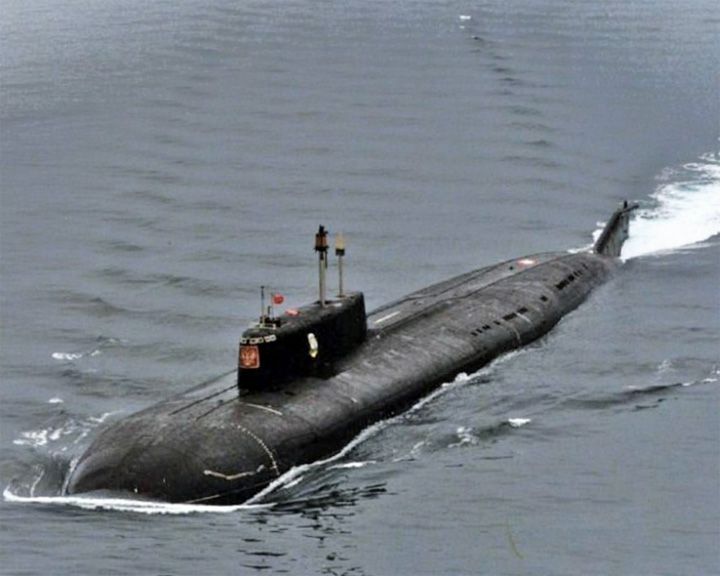 Kursk, K-141 — Russian nuclear submarine Sank with all 118 crew; Russia declined rescue offers even though rescue of some was possible. With the use of a giant barge, the she was eventually raised and the dead recovered and buried in Russia. LAUNCHED: 1994 → FATE: Sank in the Barents Sea on August 12, 2000. |
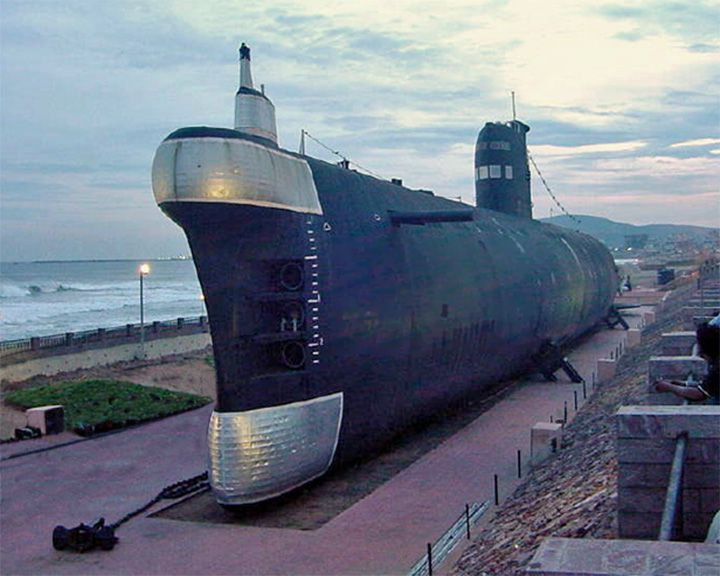 Kursura, INS — Indian Kalvari-class submarine (Russian built) A famous tourist attraction and one of the few submarine museums to be exhibited as it was in service. She was laid off for several years and cannibalized for spare parts for other submarines; then between 1980 to 1982 underwent a refit in the Soviet Union and made operational again in 1985. LAUNCHED: 1969, December 18 → FATE: Decommissioned on February 2001 and made into a museum ship August 2002 at Ramakrishna Mission Beach in Visakhapatnam, India. |
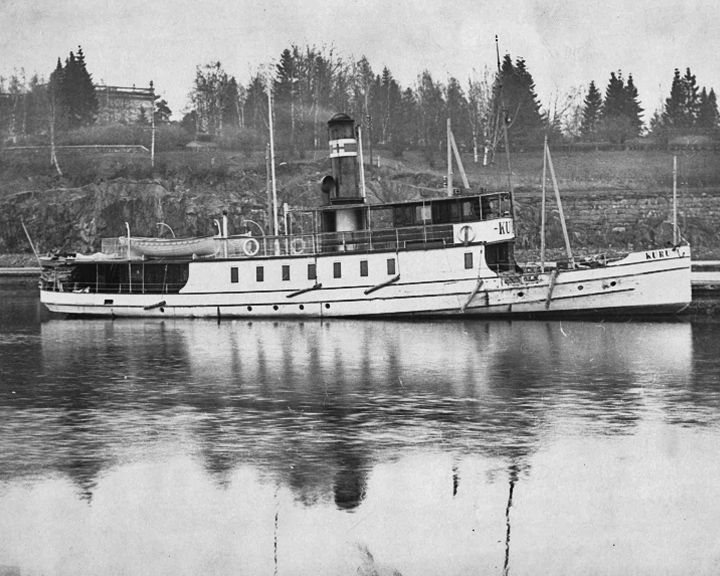 Kuru, SS — Finnish steamship On September 7, 1929, she capsized and sank on lake Näsijärvi, in Tampere making it the worst maritime disaster in Finnish waters with the loss of 136 lives. The capsizing was mainly due to a high center of gravity when a third deck level was added in 1927. LAUNCHED: 1915 → FATE: The wreck was raised and repaired shortly afterwards and served until 1936. |
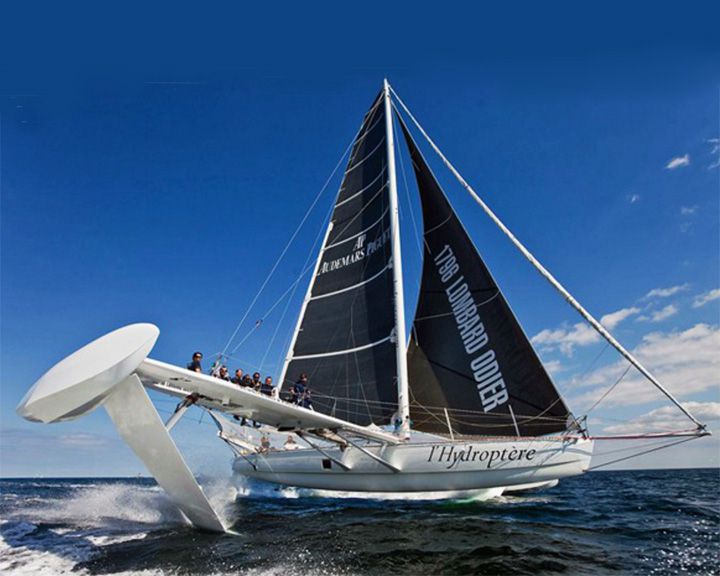 L'Hydroptère — French speed sailboat; experimental Currently the world's fastest sailboat. In 2008, it reached a sailing speed of 56.3 knots, the first sailboat to ever pass 100 km/h. LAUNCHED: 2008 → FATE: Still sailing. |
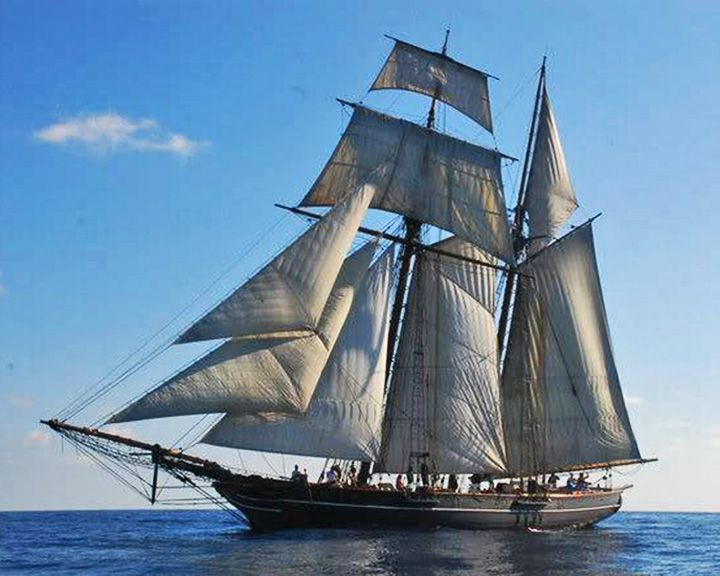 La Amistad — Spanish schooner, two-masted; built in U.S. In 1839, Africans being transported as slaves revolted against their captors aboard. She primarily engaged in short coastal trade with sugar-industry cargo. Her normal route ran from Havana to her home port of Guanaja. LAUNCHED: 1838, maybe → FATE: Renamed Ion, she was sold in Guadeloupe in 1844. No record after 1844. |
|
Page 8
|
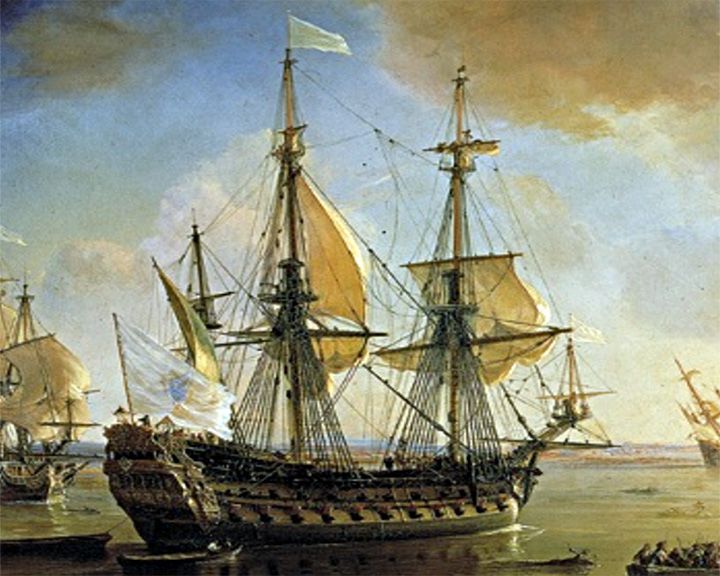 (Another (Another La Belle — French barque Explorer Robert De La Salle's flagship in the 1680s; its wreckage recovered in the late 1990s was an important maritime archaeological achievement. Discovered in 1995, the hull of the ship was recovered with over a million artifacts, many on display at the Bob Bullock Texas State History Museum in Austin, Texas. LAUNCHED: 1684, probably → FATE: Washed aground and wrecked in Matagorda Bay in the Gulf of Mexico in 1686. |
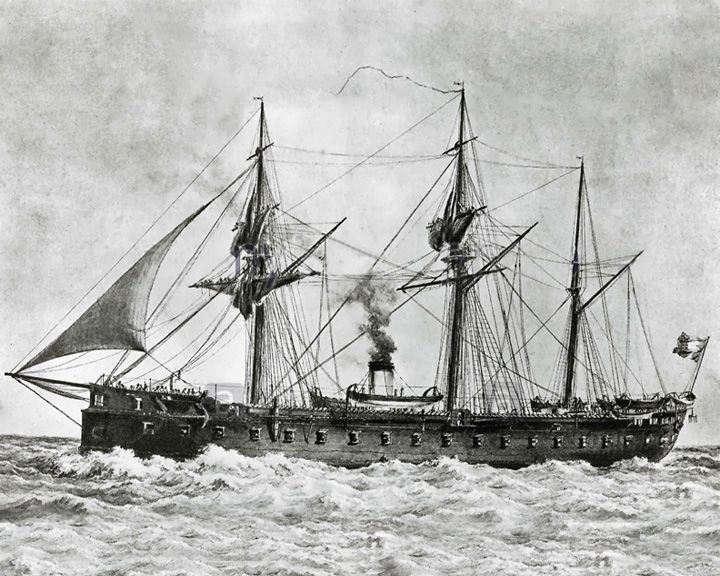 La Gloire — French battleship, steamer The first ocean-going ironclad battleship in history. The ship initiated the obsolescence of traditional unarmored wooden ships-of-the-line. LAUNCHED: 1859, November → FATE: Scrapped in 1883. |
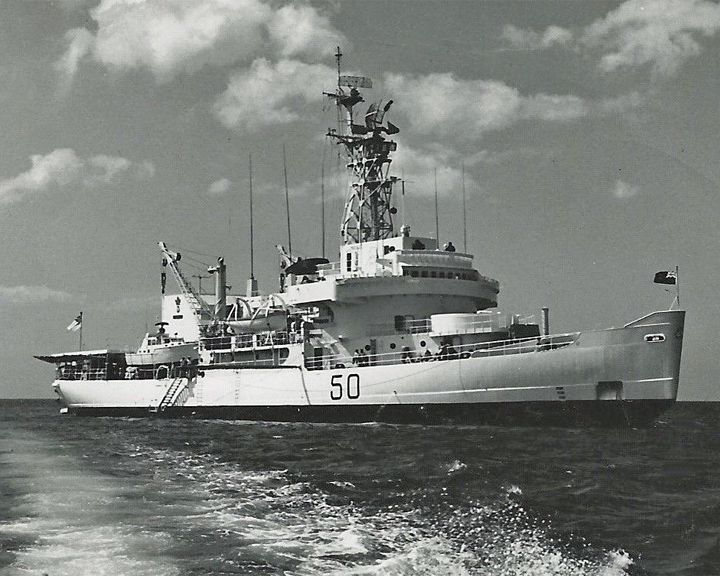 Labrador, CCGS — Canadian Wind-class icebreaker The first ship to circumnavigate North America in a single voyage and first warship to transit the Northwest Passage. Her career marked the beginning of the CCG's icebreaker operations which continue to this day. LAUNCHED: 1951, December 14 → FATE: Sold for scrap and broken up 1989. |
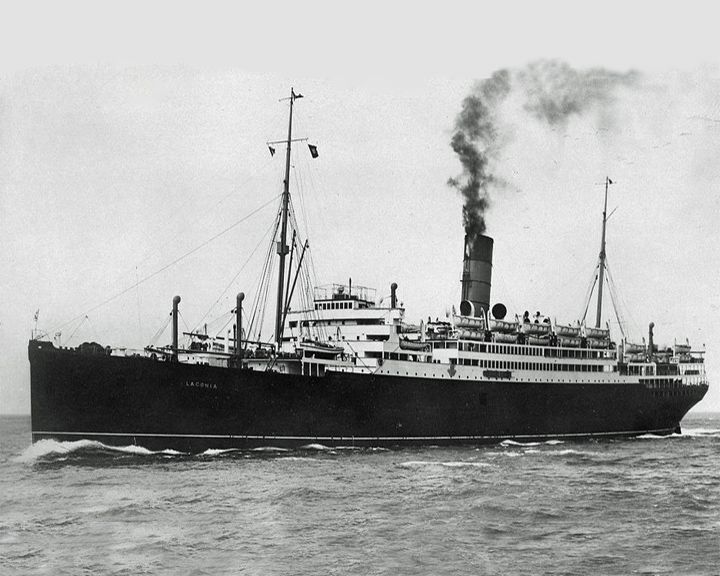 Laconia, RMS — British ocean liner, then converted to a troop ship After a torpedo attack, a dramatic rescue of the ship's passengers turned to disaster and became known as the Laconia incident. U.S. planes attacked the several German U-boats trying to rescue its 2,732 passengers and crew most of whom were abandoned by the subs, resulting in a loss of over 1,649 people. The sinking was portrayed in the 2011 British TV movie. LAUNCHED: 1921, April 18 → FATE: Sunk by German submarine U-156 off the coast of West Africa, September 12, 1942. |
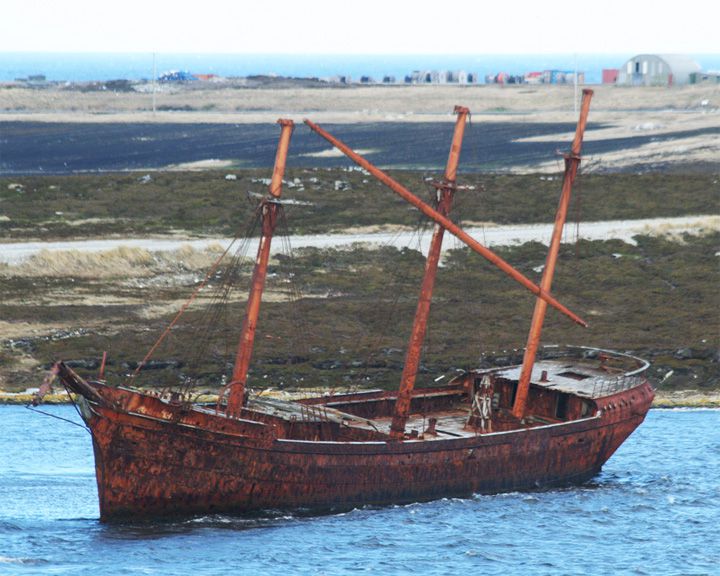 (Another (Another Lady Elizabeth — British 3-masted iron barque The hulk of the ship is the only semi-intact hulk left in the harbours of the Falkland Island. After being condemned in 1913, she served as a timber warehouse alongside the East Jetty. In February 1936 she broke her moorings in a storm and drifted to her present location. LAUNCHED: 1879, June 6 → FATE: Her remains now lie at the bottom of Whale Bone Cove harbour, Stanley, Falkland Islands. |
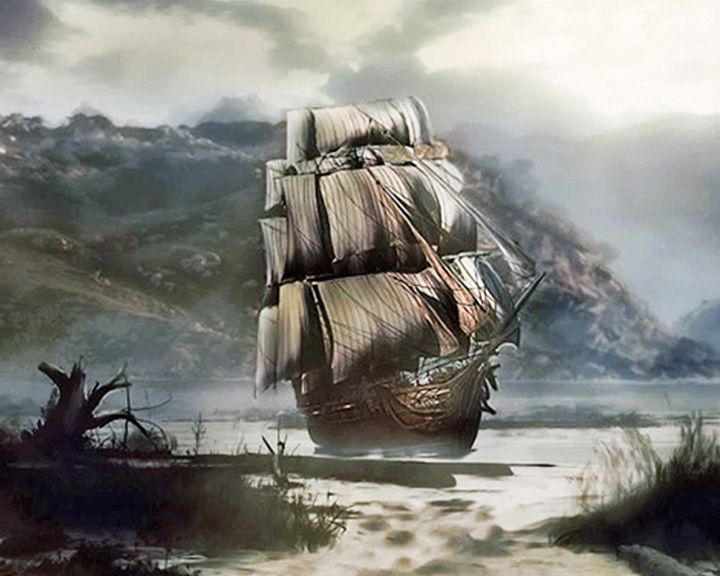 Lady Lovibond — English schooner A legendary ship said to reappear every fifty years as a ghost ship, yet no records of the ship or its sinking exist. The ship may have been a fabrication from a newspaper article in 1924, or based on phantom sightings between 1914 and 1924. LAUNCHED: 1798, February 12, first supposed sighting → FATE: Allegedly wrecked on the Goodwin Sands, off the coast of south-east England, on February 13, 1748, killing everyone aboard. |
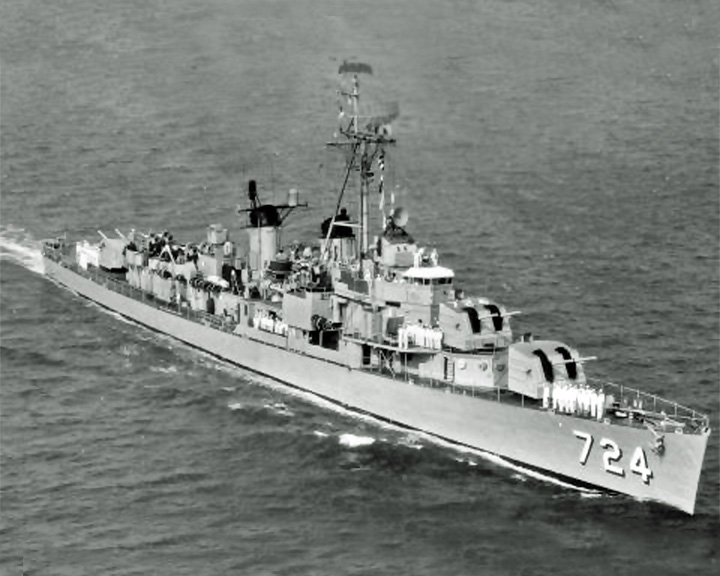 Laffey, USS — American Allen M. Sumner-class destroyer During the battle of Okinawa, she withstood the greatest kamikaze air attack in history, losing 32 killed and 71 wounded. Laffey was declared a National Historic Landmark in 1986, the only remaining US-owned Sumner-class destroyer LAUNCHED: 1943, November 21 → FATE: After WWII, she was repaired and continued to serve until decommissioned March 9, 1975. Laffey is currently a museum ship at Patriots Point in Mount Pleasant, South Carolina. |
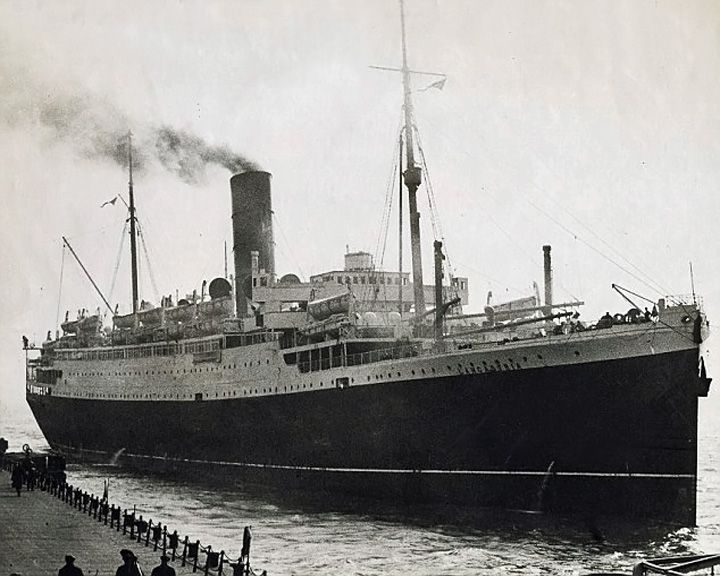 Lancastria, RMS — British ocean liner Worst single loss of life in British maritime history and the bloodiest single engagement for UK forces in World War II. Over 4000 people were lost while evacuating British nationals and troops from France. LAUNCHED: 1922, June → FATE: Sunk off the French port of St. Nazaireon June 17, 1940. |
|
Page 9
|
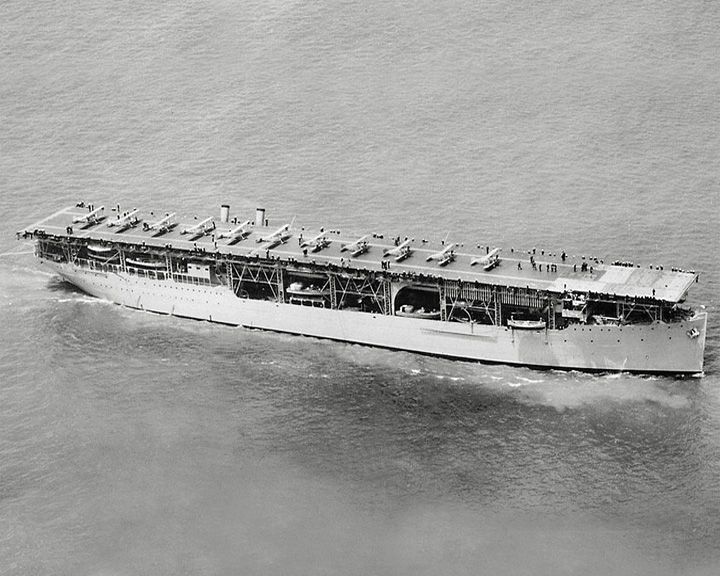 Langley, USS — American aircraft carrier First American aircraft carrier and U.S. Navy's first turbo-electric-powered ship. Following a conversion in 1936 to a seaplane tender, she fought in World War II. LAUNCHED: 1911, built as a collier converted in 1920 → FATE: Attacked and badly damaged by Japanese planes, she was scuttled, February 27, 1942. |
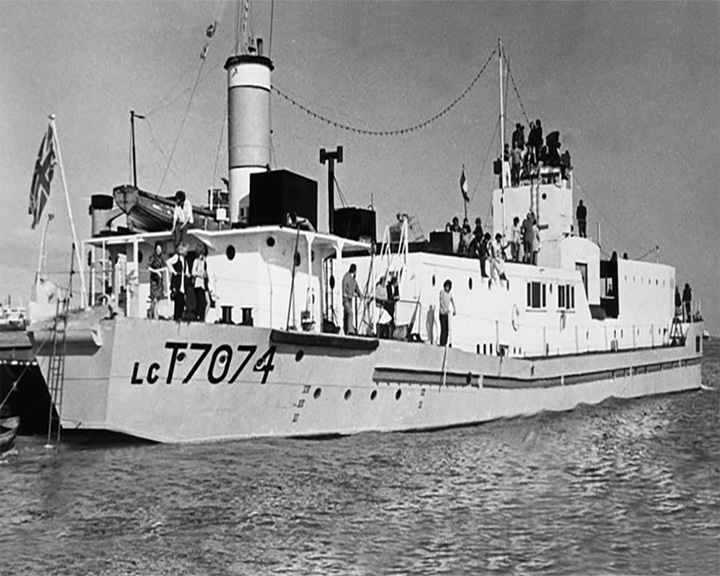 LCT7074, HM — British landing craft, tank (LCT) The last amphibious assault ship in the United Kingdom for landing tanks, other vehicles and troops on beachheads. De-commissioned in 1947 she was renamed Landfall and became the club ship for the Master Mariners’ Club of Liverpool. The craft was later converted into a riverfront nightclub. LAUNCHED: 1944, April 4 → FATE: Salvaged and restored by 2020, then moved to a permanent display at Portsmouth's The D-Day Story museum. |
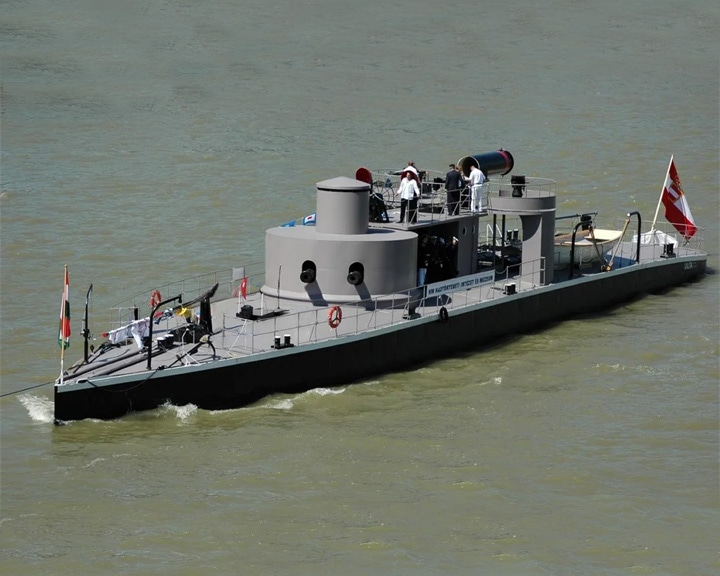 Leitha, SMS (later named Lajta) — Austro-Hungarian River monitor The first river monitor in Europe. The oldest and the only restored warship of the Austro-Hungarian Navy. In October 1914, her turret took a direct hit, all the crew inside being killed. LAUNCHED: 1872, October 13 → FATE: Restored in 2009, Lajta is currently moored on the Danube in Budapest as a museum ship |
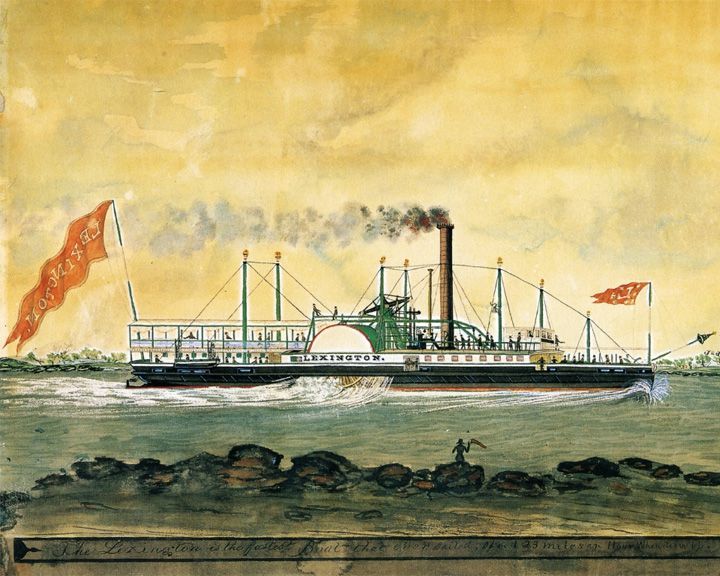 (Another (Another |
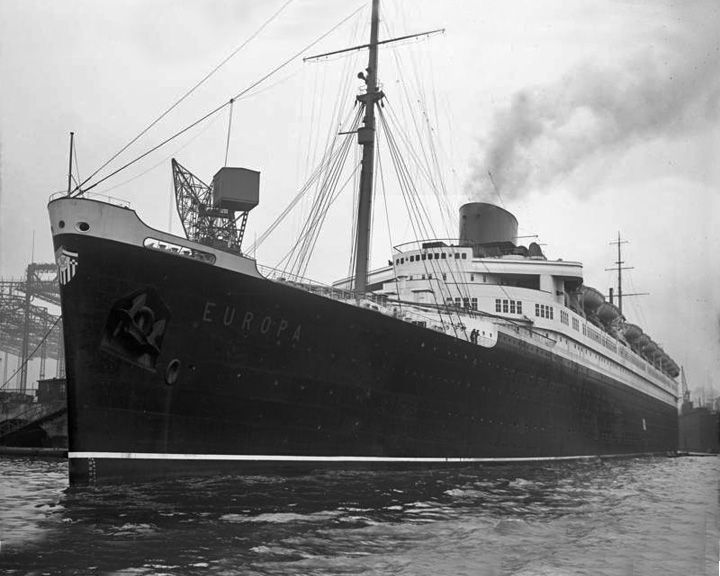 Liberté, SS — German ocean liner; then American war prize; then French owned Featured prominently in the movie The French Line, starring Jane Russell. She was taken as a US war prize at the end of World War II, then used to transport US servicemen back to the states, and finally turned over to the French as war reparations. LAUNCHED: 1928, August 18 → FATE: Retired in 1961 and scrapped in 1962. |
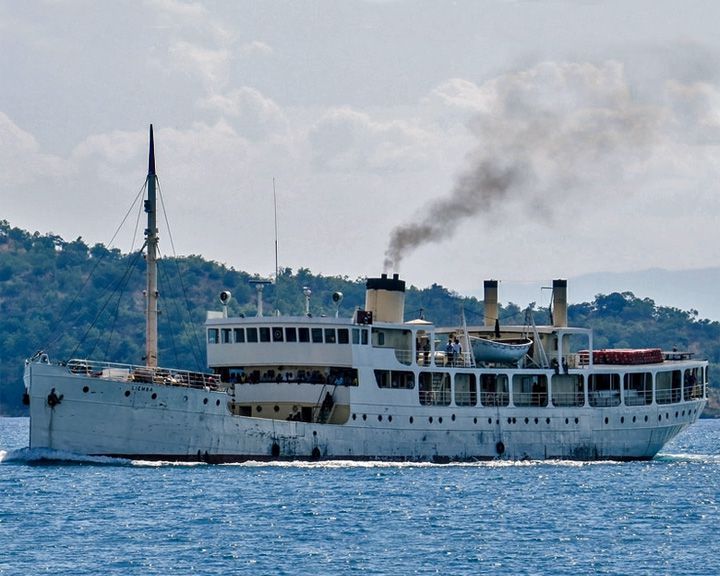 Liemba, MV — German ferry, passenger and car The last vessel of the German Imperial Navy still sailing. She was the inspiration for the German gunboat in the novel and movie The African Queen. LAUNCHED: 1915, February → FATE: Scuttled July 26, 1916; raised in 1927, still in service on Lake Tanganyika. |
 Lightning, HMS — British torpedo boat The first ship to launch self-propelled torpedos. She was used exclusively with HMS Vernon, a torpedo school ship at the Royal Navy's Torpedo Branch at Portsmouth, England. LAUNCHED: 1876 → FATE: Scrapped in 1896. |
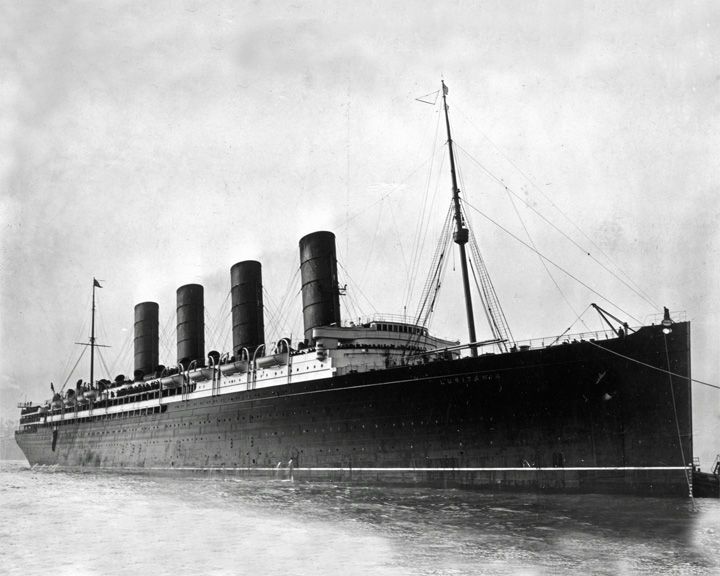 (Another (Another Lusitania, RMS — British ocean liner Torpedoed by German submarine U-20, killing 1,198 people. Her sinking during transatlantic passage turned public opinion against Germany in World War I. LAUNCHED: 1906, June 18 → FATE: Sank 70 kms from the Old Head of Kinsale May 7, 1915. |
|
Page 10
|
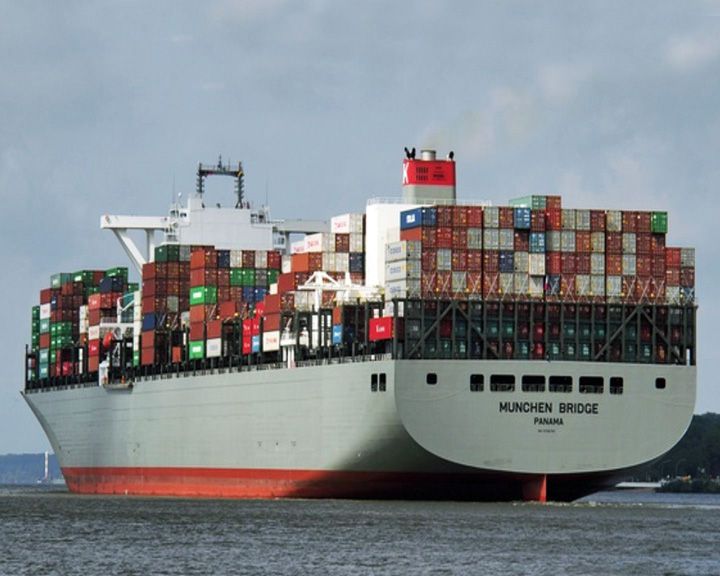 München, MS — German LASH carrier (cargo ship) Sank with with 28 crew in a severe storm, probably due to rogue waves and featured in several television documentaries. A court case regarding the loss of cargo in this tragedy set a legal precedent used in many legal textbooks illustrating the administration of the Uniform Commercial Code. LAUNCHED: 1972, May 18 → FATE: Sank in the North Atlantic December 1978. |
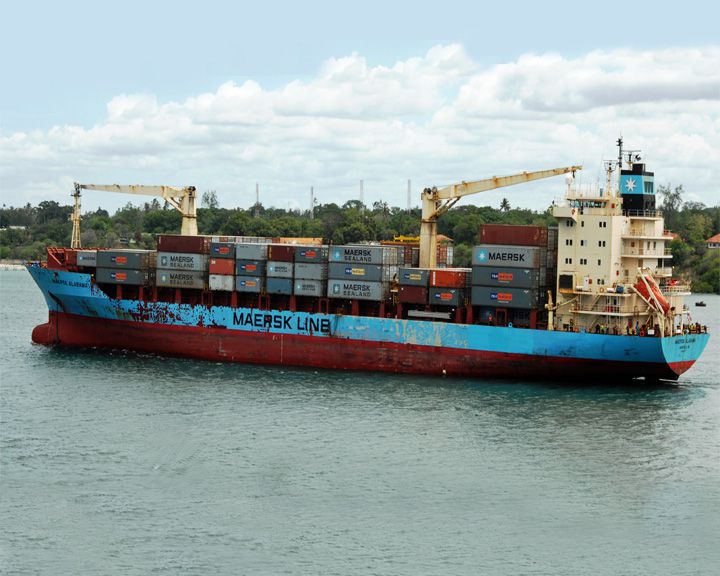 Maersk Alabama, MV — American container ship Its hijacking by pirates near Somalia in 2009 was followed by the rescue of its crew. A second unsuccessful hijacking that year and several in 2011 were attempted. The hijacking was the subject of the movie Captain Phillips starring Tom Hanks. LAUNCHED: 1998, launched as Alva Maersk → FATE: Still in service. |
 Maggie — British Clyde puffer cargo ship Appeared in the movie The Maggie which was released in the U.S. titled High and Dry. The story is about a clash of cultures between a hard-driving American businessman and a wily Scottish captain. LAUNCHED: 1954, movie release; boat origin unknown → FATE: Inconclusive. |
 (Another (Another Maine, USS — American battleship Its sinking precipitated the Spanish-American War. Sent to protect U.S. interests during the Cuban revolt against Spain, she exploded without warning and sank, killing 274 men. LAUNCHED: 1889, November 18 → FATE: Sank in the Havana Harbor February 15, 1898. |
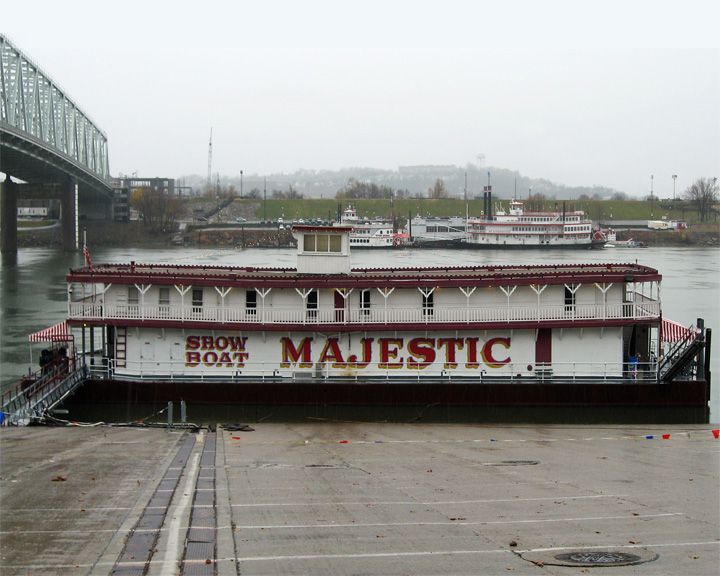 (Another (Another Majestic — American paddle steamboat, stern-wheeler showboat The last of the original traveling showboats. Now the riverboat is a venue for comedies and musicals. LAUNCHED: 1920 → FATE: Currently docked at the Cincinnati Public Landing in Ohio. |
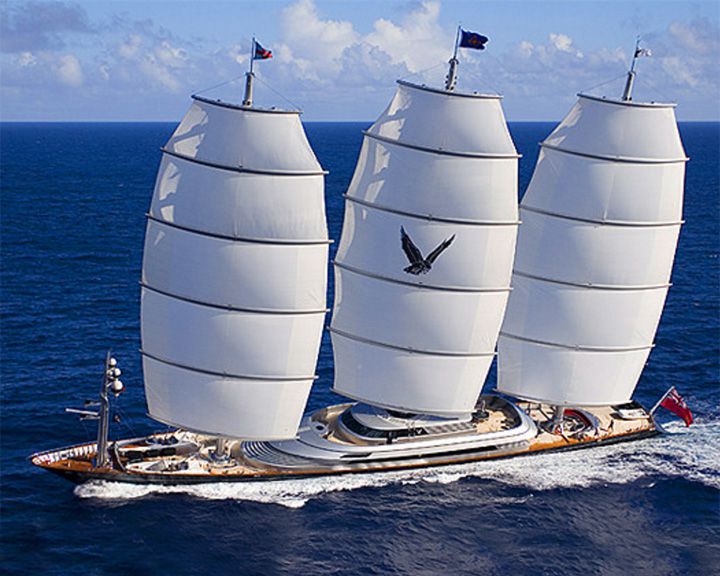 Maltese Falcon — American full-rigged luxury yacht; now owned by a Englishman The largest full-rigged luxury yacht in the world. She has 5 square sails on each of 3 masts that can be fully unfurled in 6 minutes. Some claim the Eos is larger. LAUNCHED: 2006 → FATE: Still in service. |
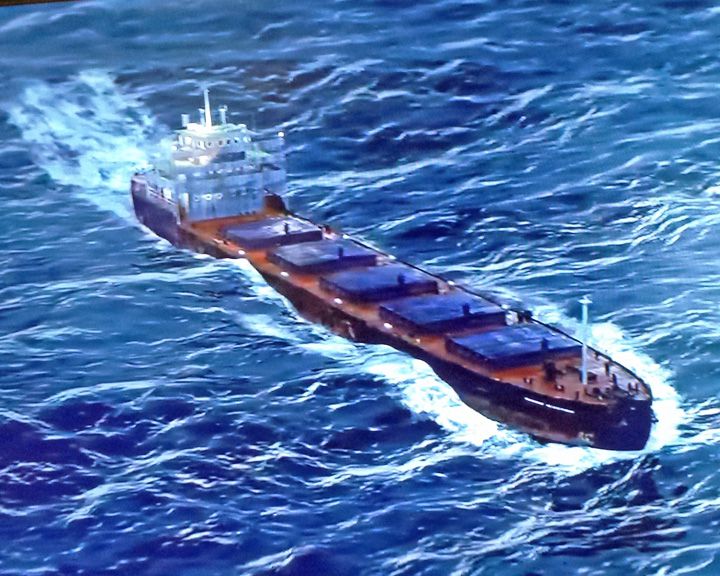 Marine Electric — American bulk carrier Her sinking resulted in some of the most important maritime reforms in the 20th century. The tragedy, with the loss of 34 crew, resulted in better inspection standards, mandatory survival suits for winter North Atlantic runs, and creation of the Coast Guard's Aviation Survival Technician program. LAUNCHED: 1944, May 2 → FATE: Sank February 12, 1983 about 30 miles off the coast of Virginia. |
 (Another (Another Mars — Swedish three masted warship One of the largest warships at the time and the first ship to sink another ship with gunfire. The shipwreck was found by a team of divers north of the island Oland August 19, 2011. LAUNCHED: 1564 → FATE: Caught fire and exploded during the First Battle of Oland, May 31, 1564. |
|
Page 11
|
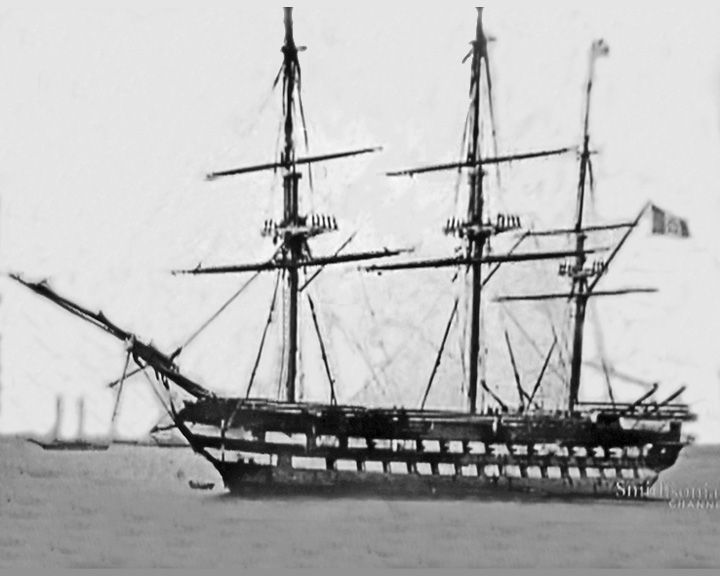 Mary Celeste — American brigantine The "ghost ship" found near the Strait of Gibraltar abandoned by its seven crew members in 1872. The popular mystery of the ship began with Arthur Conan Doyle's story in 1884, about a derelict ship which he called Marie Celeste. LAUNCHED: 1860 → FATE: Intentionally scuttled in January of 1885. |
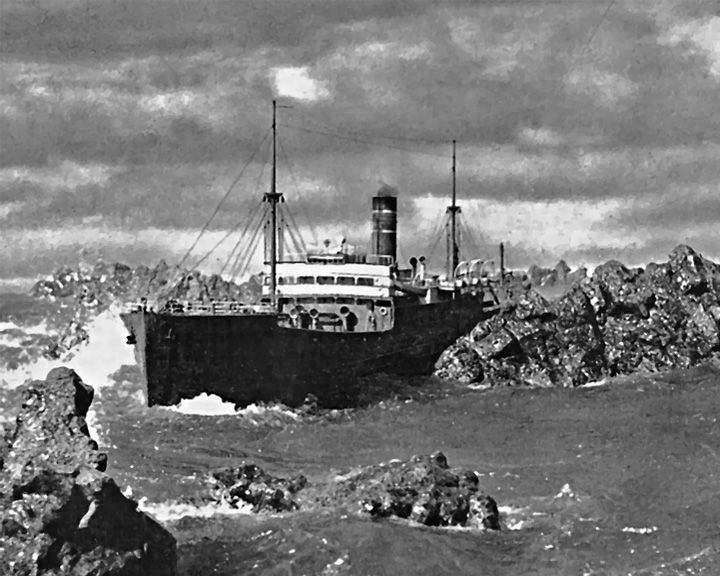 Mary Deare — American steamship; actually a 28 foot model. A fictional ship in the movie The Wreck of the Mary Deare. The movie was based upon the novel of the same name written by Hammond Innes. LAUNCHED: 1959, November 6, film release → FATE: Inconclusive. |
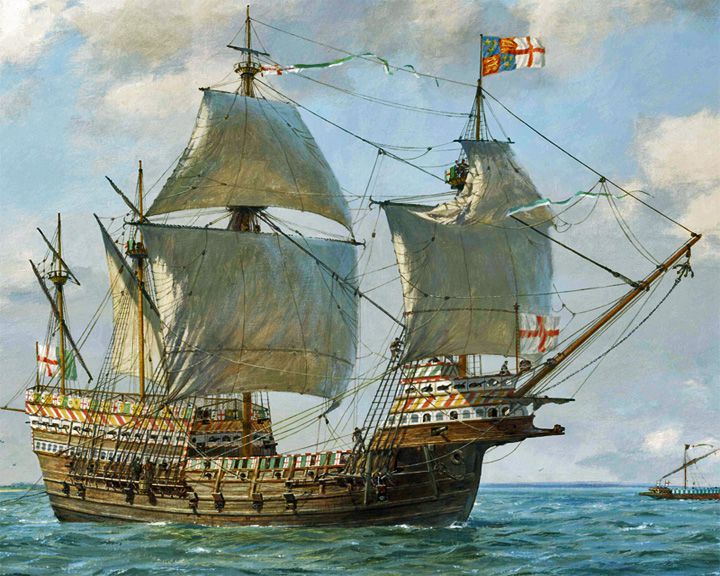 Mary Rose — English carrack-type warship One of the earliest ships built for war sporting the innovation of gun ports. The wreck of the Mary Rose was rediscovered in 1971 and salvaged in 1982. LAUNCHED: 1512 → FATE: Sank in the straits north of the Isle of Wight, 1545. |
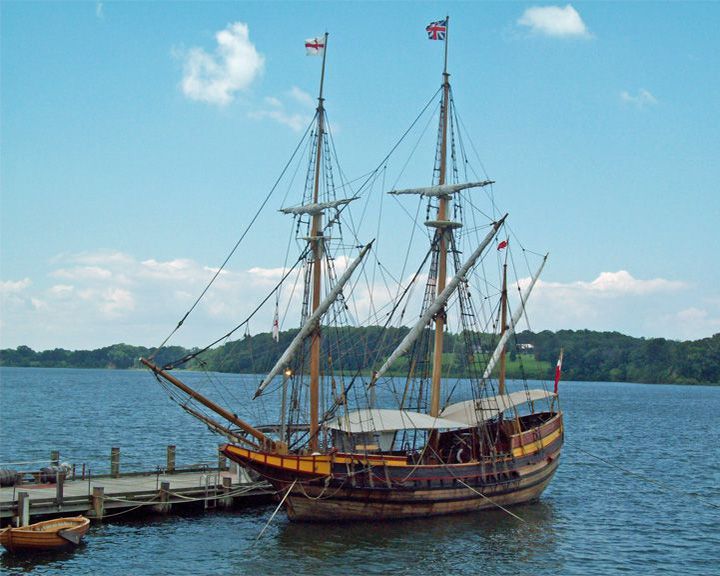 Maryland Dove — American merchant vessel Replica of the Dove, one of two early 17th-century English ship that, in 1634, brought the first settlers to what is now Maryland. The original Dove was the smaller of the two ship, used in shallow waterways along the coast. The accompanied ship with 140 passengers was the Ark. LAUNCHED: 1978, August 18 → FATE: On exhibit at Historic St. Mary's City and occasionally other ports. |
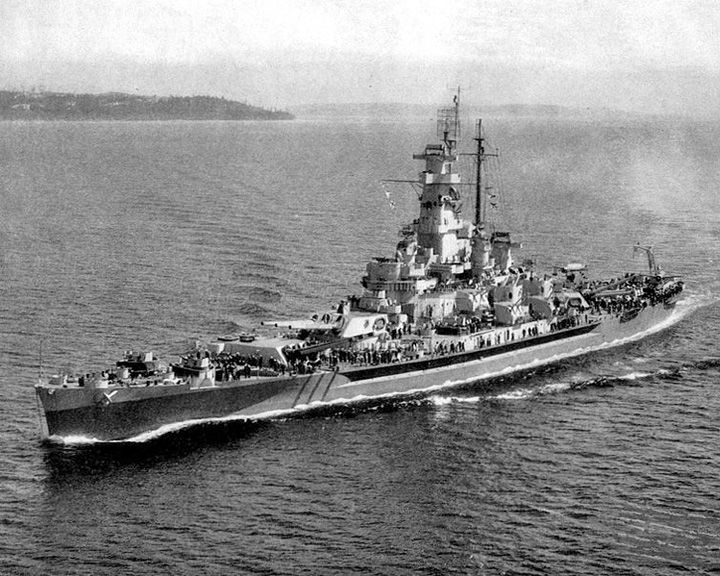 Massachusetts, USS — American South Dakota class battleship Has the distinction of having fired the US Navy's first and last 16-in shells of the World War II. Despite being used as a parts cache to get the Iowa-class battleships back in service, Massachusetts was designated a National Historical Landmark a 14 January 1986. LAUNCHED: 1941, June 18 → FATE: Became a in museum ship at Battleship Cove, Fall River, Massachusetts June, 1965. |
 Matthew — English caravel Sailed by John Cabot, first European to reach North America. Apparently, she was a small ship of fifty tons carrying twenty men and food for seven or eight months. LAUNCHED: 1496, or earlier; replica launched 1996 → FATE: Original ship, unknown; replica on display at M Shed Museum, Bristol, England. |
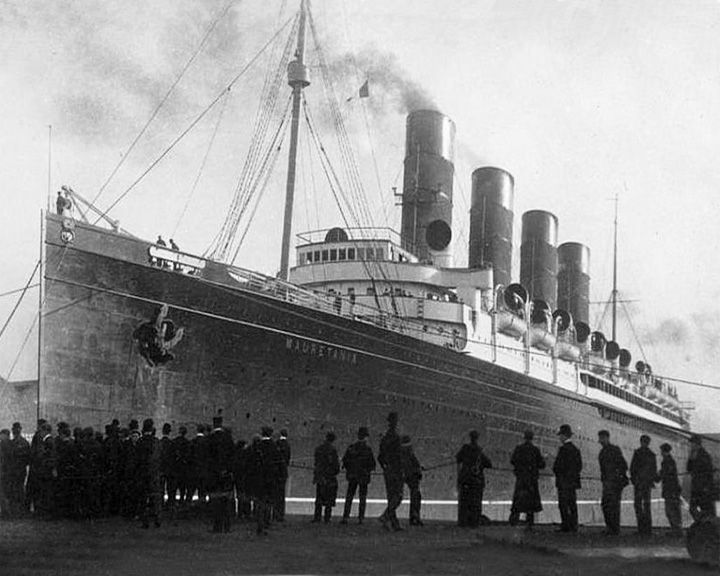 Mauretania, RMS — British ocean liner At the time, she was the largest and fastest ship in the world. She made an eastbound transatlantic crossing with a long-standing record average speed of 23.7 knots. She served as a hospital ship and troop ship in World War I. LAUNCHED: 1906, September 18 → FATE: Scrapped in 1934. |
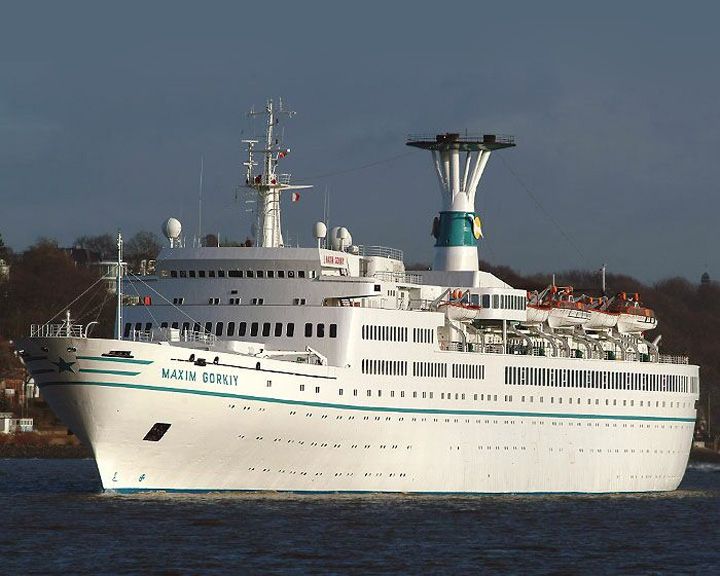 Maxim Gorky — Russian cruise ship Portrayed the fictional SS Britannic in the filming of Juggernaut in 1974. She was sold to a Russian company in 1974. The hard luck ship hit an ice floe while on a cruise and nearly sank in 1989. LAUNCHED: 1968, February 18 → FATE: Beached and scrapped in India February of 2009. |
|
Page 12
|
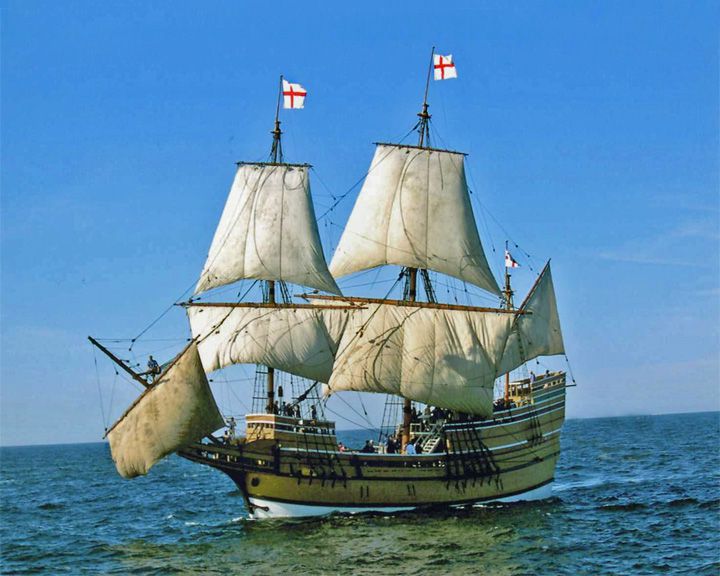 Mayflower — English galleon Transported the English Pilgrims from England to Plymouth, Massachusetts in 1620. The ocean crossing took 66 days. A second ship called the Mayflower made a voyage from London to Plymouth Colony in 1629. LAUNCHED: 1607, about → FATE: Sold and taken apart in May of 1624. |
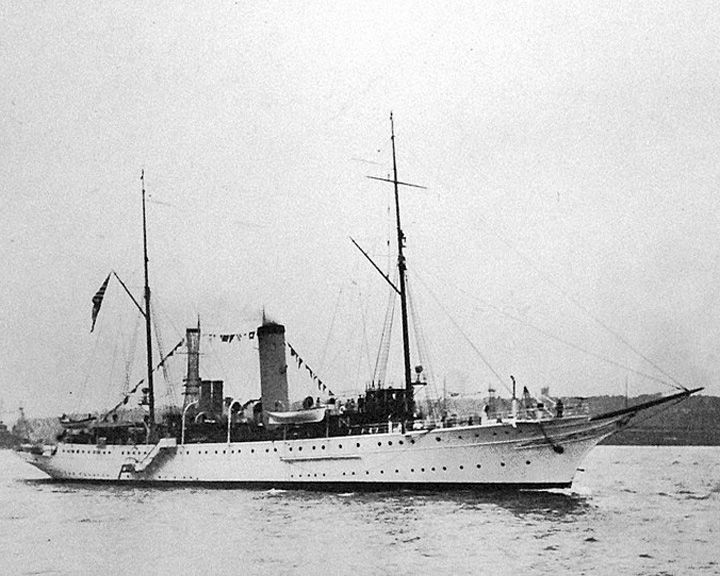 Mayflower, USS (PY-1) — American yacht She served as a private yacht, merchant ship, presidential yacht, and warship in 3 wars. She had many owners, as well serving as a presidential yacht 1905-1929. She was finally purchased by Israel in 1950 and renamed INS Ma'oz. LAUNCHED: 1896 → FATE: Broken up in 1955. |
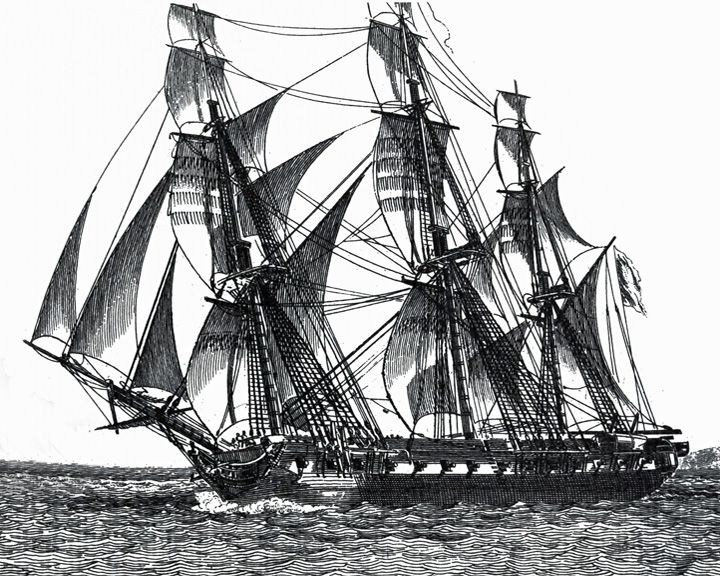 (Another (Another Medusa — French frigate Most famous sea disaster of the nineteenth century. After hitting a shoal, most of the 400 passengers were evacuated while 151 men took refuge on an improvised raft. After 13 days at sea, the raft was discovered with only 15 men still alive. The raft carrying people was the subject of a famous painting, The Raft of the Medusa by French artist Théodore Géricault. LAUNCHED: 1810 → FATE: Beached on Bank of Arguin in 1817. |
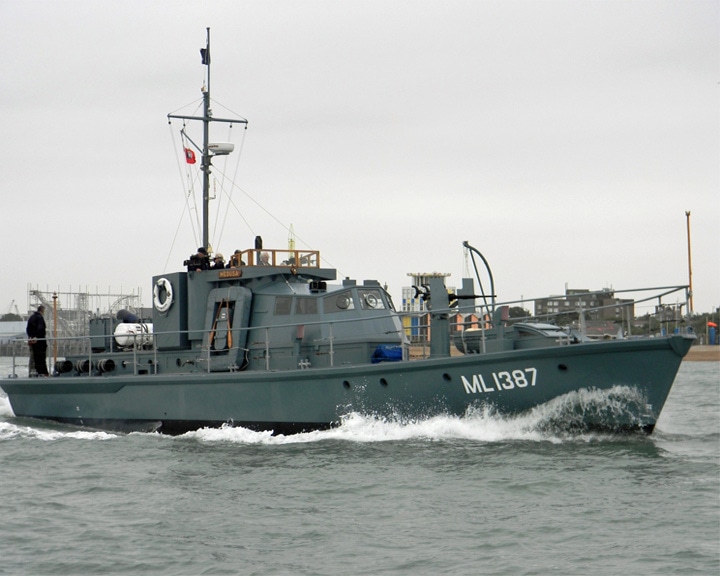 Medusa, HMS — British Harbour defence motor launch She served at D-Day as a Navigation Leader, marking German minefields to be cleared by minesweepers, and then staying at the entrance of the cleared channel to direct parts of the invasion force. For more, see Museum Ships. LAUNCHED: 1943 → FATE: On exhibit at Gosport in England. |
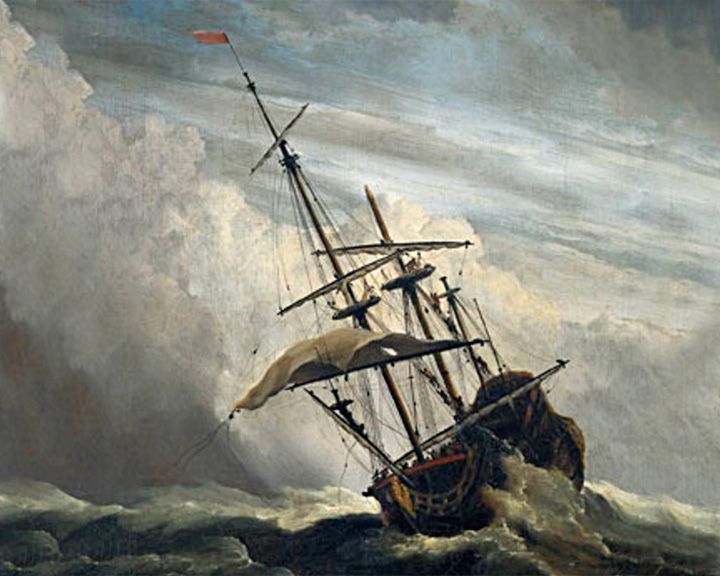 Merchant Royal — English merchant ship Lost at sea with 18 men off Land's End, Cornwall, England, the ship is one of the richest sunken treasures. Lost were more than half million Spanish silver pesos, 500 bars of gold and ingots of silver, and hundreds of pieces of jewelry. LAUNCHED: 1627 → FATE: Sank in bad weather September 23, 1641. |
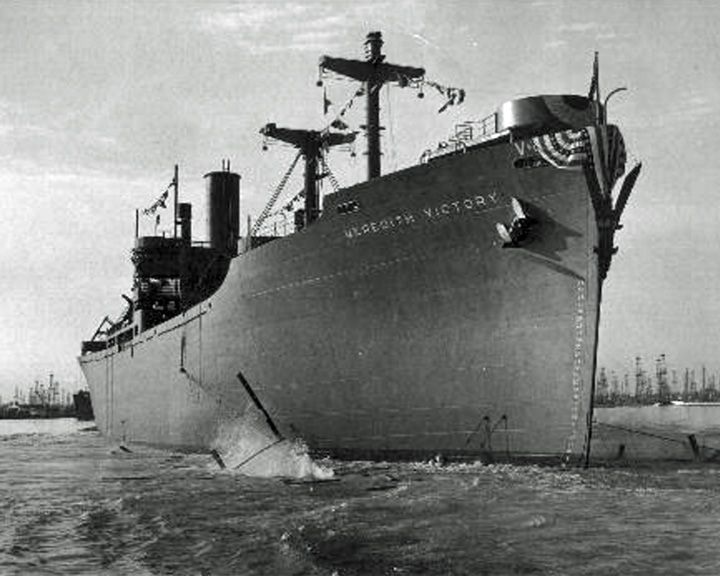 Meredith Victory, SS — American cargo ship, freighter The "Ship of Miracles" saved more than 14,000 refugees during the Korean War, the largest humanitarian rescue operation by a single ship. The ship was built to transport supplies and equipment overseas during World War II. LAUNCHED: 1945, June 18 → FATE: Broken up for scrap in China in 1993. |
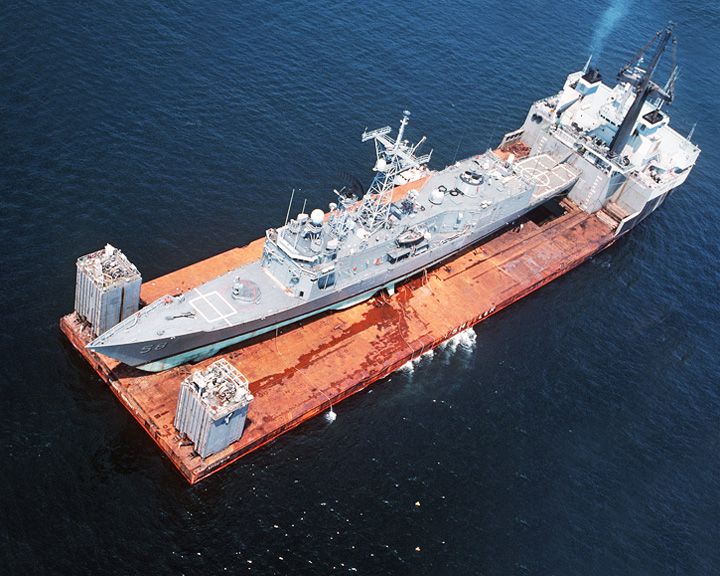 Mighty Servant 2 — American heavy lift ship, semi-submersible Hauled the USS Samuel B. Roberts from Dubai to Newport, RI after the frigate struck a mine in the Persian Gulf. Along with sister ships Mighty Servant 1 and Mighty Servant 3, used mainly for moving oil drilling rigs. LAUNCHED: 1983 → FATE: Capsized near the Indonesian island of Singkep with loss of 5 crew November 2, 1999. |
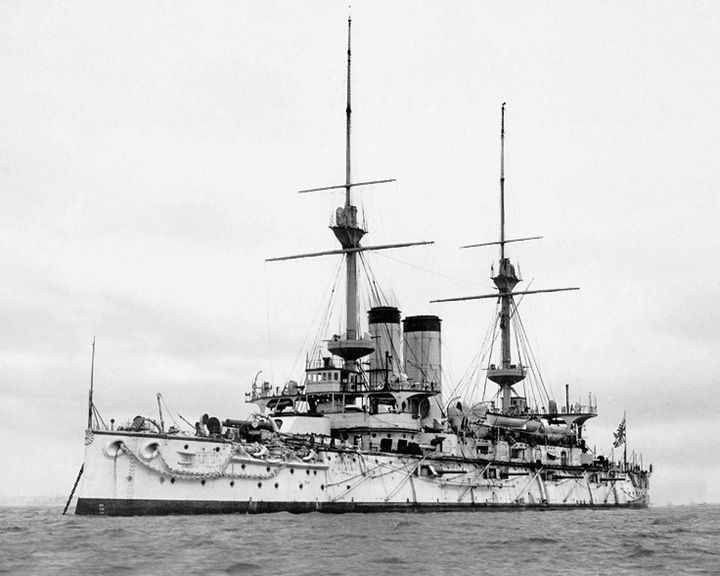 Mikasa — Japanese pre-dreadnought battleship (British built) The last remaining example of a pre-dreadnought battleship anywhere in the world. After the Russo-Japanese War, her magazine accidentally exploded and sank the ship. She was salvaged and repaired and then served in World War I. LAUNCHED: 1900, November 18 → FATE: She was preserved as a museum ship and later refurbished and is on exhibit in Mikasa Park, Yokosuka. |
|
Page 13
|
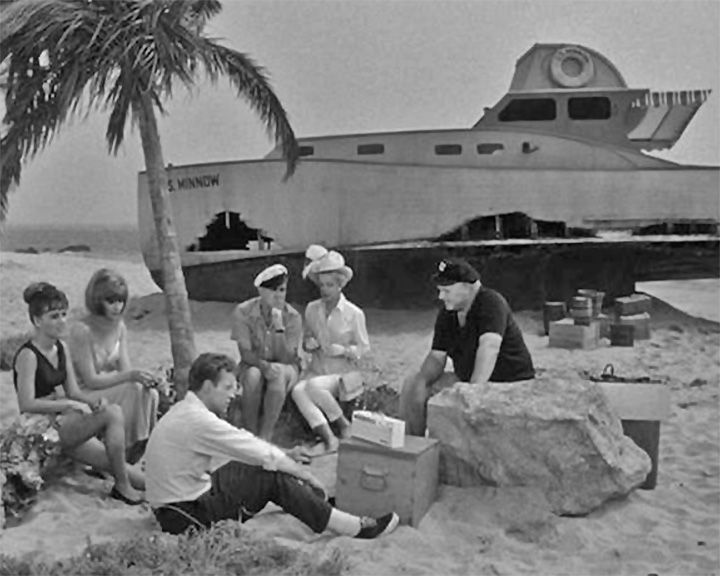 Minnow, S.S. — American express cruiser A fictional charter boat on the hit 1960s television sitcom Gilligan's Island. There were actually four different boats used on the show. (See Original S.S. Minnow Found for more.) LAUNCHED: 1964, for the TV series → FATE: Series ended in 1967. |
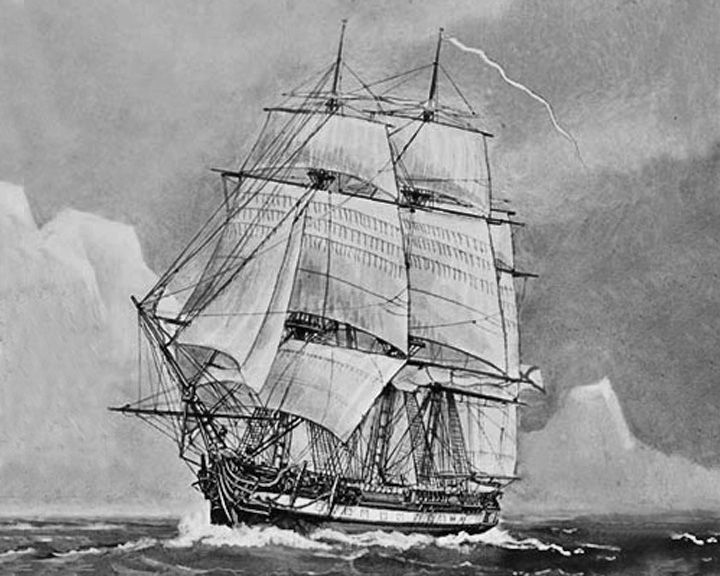 (Another (Another Mirny — Russian sloop-of-war First to discover the continent of Antarctica and circumnavigated it twice. A medal was issued by the Russian Admiralty to commemorate the expedition as seen in "Another IMAGE". LAUNCHED: 1819 → FATE: Unknown. |
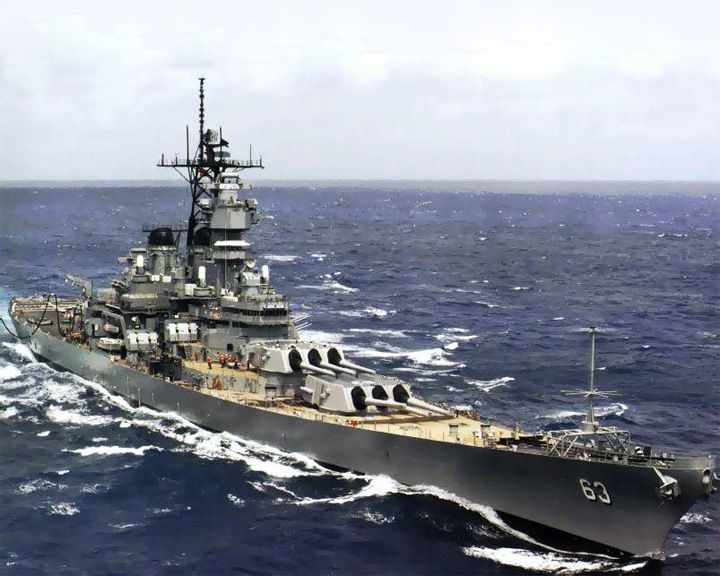 Missouri, USS — American battleship The site of the surrender of Japan which ended World War II. She was the last battleship built by the United States. LAUNCHED: 1944, January 18 → FATE: On exhibit near the USS Arizona Memorial at Pearl Harbor in Honolulu, Hawaii. |
 Monitor, USS — American ironclad warship With CSS Virginia, first naval battle between two ironclad warships at the Battle of Hampton Roads. She had a rotating gun turret. LAUNCHED: 1862, January 18 → FATE: Sank on December 31, 1862. |
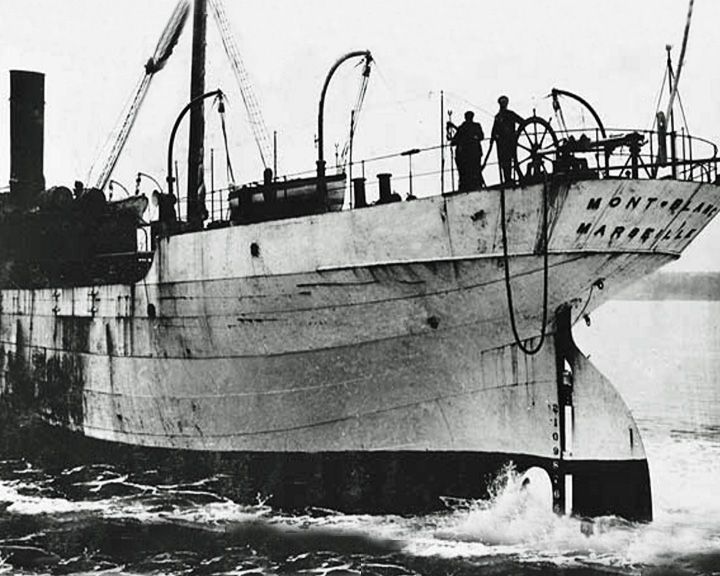 Mont Blanc, SS — French cargo ship, freighter The worst human-made disaster in Canadian history and was the world's largest human-made blast until the detonation of an atomic bomb in 1945, and known as Halifax Harbor. The collision with the Norwegian steamship SS Imo caused her ammunition cargo to exploded in Halifax Harbor, resulting ing 2000 killed, 9000 injuried, 13,630 homes wrecked, and 6000 left homeless LAUNCHED: 1899 → FATE: Blown to pieces December 6, 1917, after the collision. |
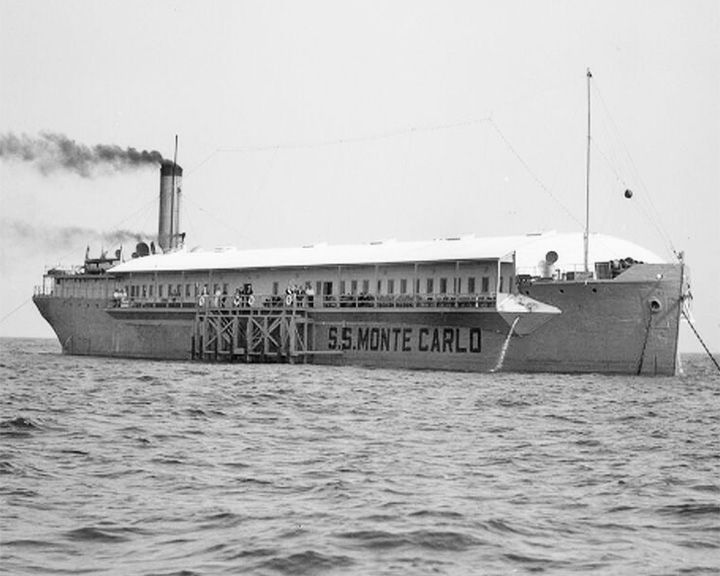 Monte Carlo, SS — American concrete ship She became a gambling and prostitution ship operating in international waters off the coast of Long Beach, California. In the 1930s, she was the largest of a fleet of ships making up Gambling Ship Row off the southern California. LAUNCHED: 1921, December → FATE: Wrecked during a storm in 1937, ending up on a San Diego beach where it remains. |
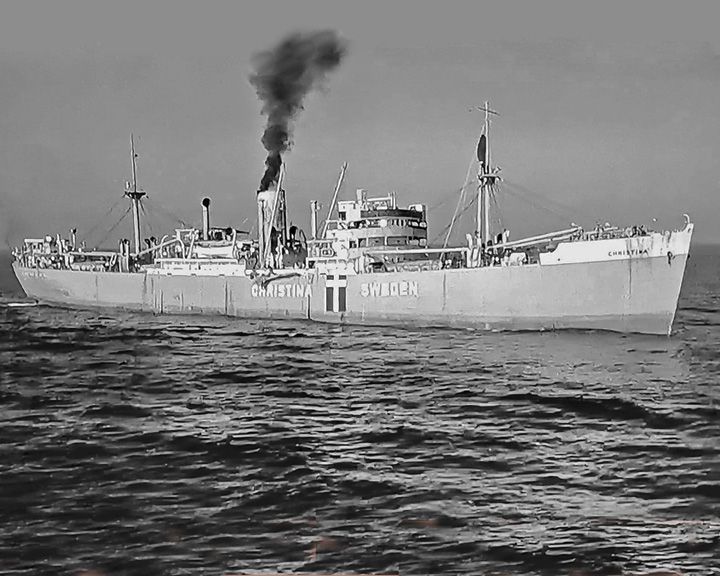 (Another (Another Morituri — German cargo ship In the movie Morituri a freighter hauling rubber to Nazi Germany during WWII; starring Marlon Brando and Yul Brynner. The actual unnamed old German freighter was used for nearly all the film sequences. LAUNCHED: 1965, movie release → FATE: Inconclusive. |
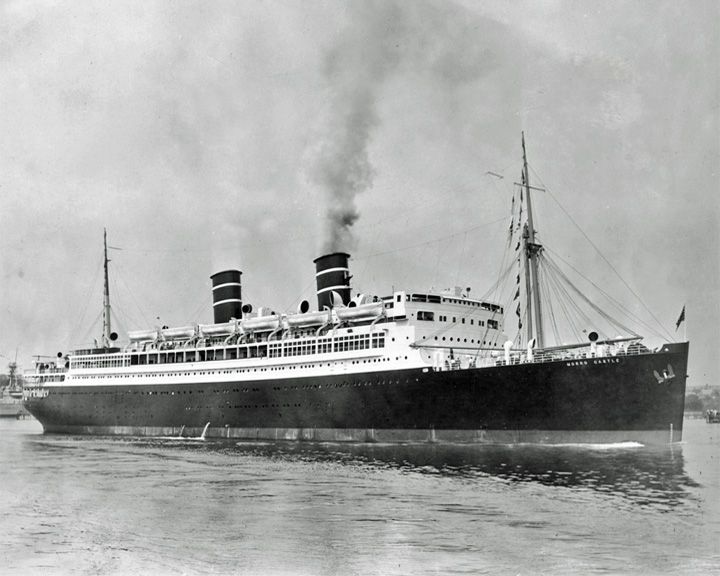 (Another (Another Morro Castle, SS — American cruise ship A devastating fire aboard ship that killed 137 resulted in greater fire safety on newer ships. The burnt ship ended up at Asbury Park, NJ, where it became a tourist attraction. The tragedy resulted in the establishment of the United States Merchant Marine Academy. LAUNCHED: 1930, August 18 → FATE: Beached on September 8, 1934, scrapped March 29, 1935. |
|
Page 14
|
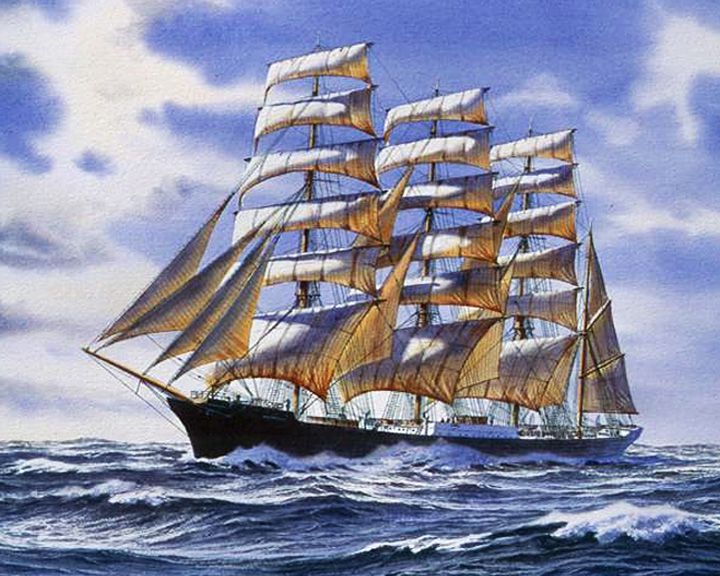 Moshulu — Scottish barque, four-masted Famous through the books of Eric Newby such as The Last Grain Race, 1956. Between 1904 and 1914, under German ownership, Kurt shipped coal, nitrate, coal, and coke around the world. She appeared in several movies. LAUNCHED: 1904, April 18 → FATE: Currently a floating restaurant docked in Penn's Landing, Philadelphia, Pennsylvania. |
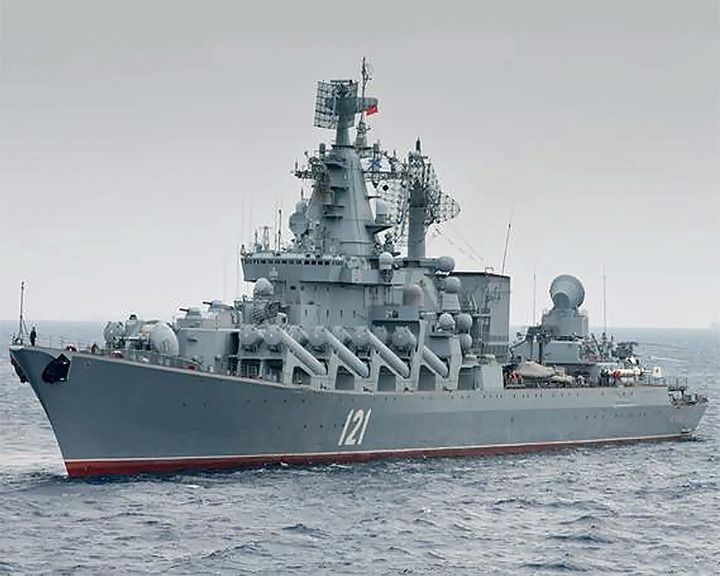 Moskva — Russian guided missile cruiser Flagship of the Russian Black Sea Fleet and helped lead the naval assault during the 2022 Russian invasion of Ukraine. The Russian Ministry of Defence said she sank after a fire caused a munitions explosion. LAUNCHED: 1979 → FATE: Sunk by Ukraine forces on April 14, 2022. |
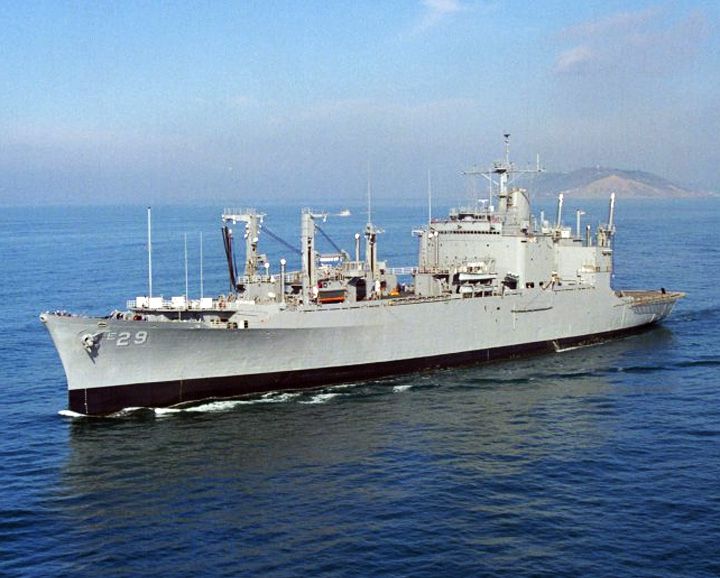 Mount Hood, USS — American ammunition ship The ship and dozens of surrounding vessels were obliterated with over 370 casualties in a massive explosion. The ship's 3800 tons of ordnance produced a blast equivalent to a tactical nuclear weapon. LAUNCHED: 1943, November 28 → FATE: Exploded on November 10, 1944, at Seadler Harbor on Manus Island. |
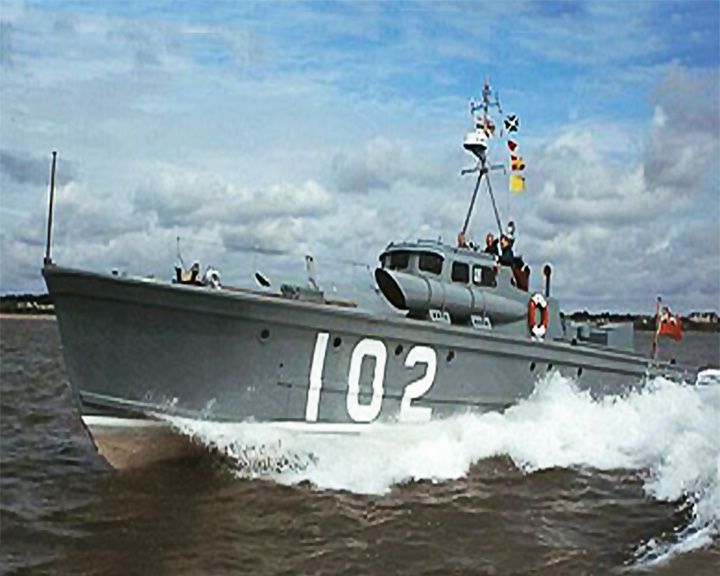 MTB 102 — British motor torpedo boat The the fastest wartime British naval vessel in service at 48 knots and the smallest vessel to ever serve as a flagship for the Royal Navy. In 1944 she carried Winston Churchill and General Eisenhower to review the fleet for Operation Overlord, the invasion of Normandy, World War II. She appeared as herself in the 2017 war film Dunkirk. LAUNCHED: 1937 → FATE: On exhibit at Lowestlft, on the North Sea. |
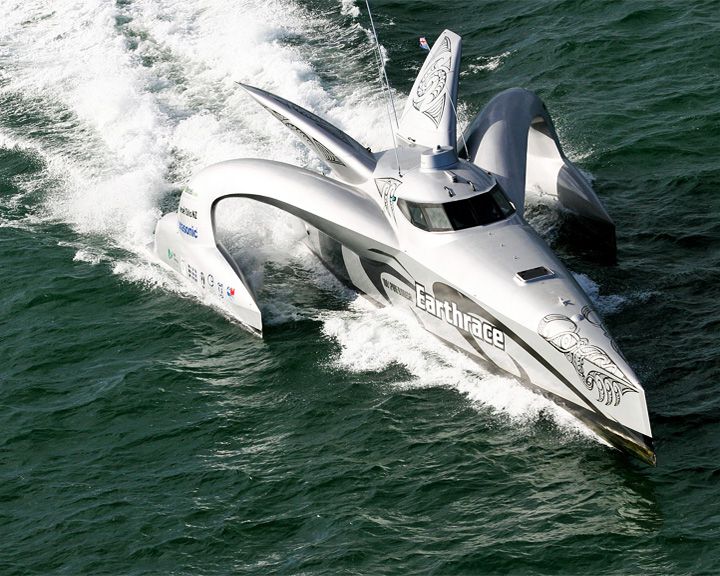 My AdyGil — New Zealand wave-piercing trimaran Broke the world record for circumnavigating the globe in a motorized boat in 60 days 23 hours and 49 minutes. Participated in anti-whaling operations under the lead of the Sea Shepherd Conservation Society in the Southern Ocean. LAUNCHED: 2006, February 18 → FATE: Collided with a Japanese ship and sank on January 7, 2010. |
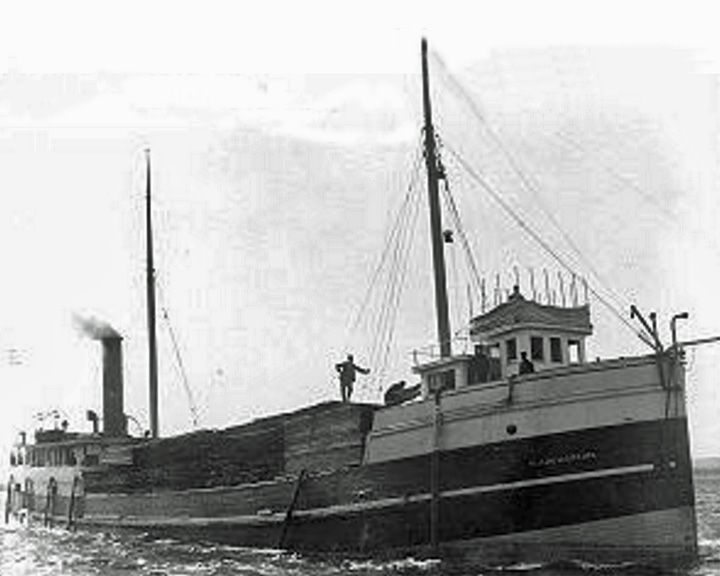 Myron, SS — American wooden steamship, built as a lumber hooker The wreck is protected as part of an underwater museum in the Whitefish Point Underwater Preserve. She defied the adage "Lake Superior seldom gives up her dead" when all 17 crew drifted ashore found frozen to death. The captain survived. LAUNCHED: 1888 → FATE: Sank to the end of Lake Superior during a storm on November 23, 1919. |
The number of All Countries All Ships and Boats listed is 109 The contents of this page are available under the Creative Commons Attribution-Share Alike 3.0 Unported license and the GNU Free Documentation License (GFDL). |
|
|
First Ship on each page
| |
| Page | Ship Name (Country and Type) |
| 1. | HA. 19 (Japanese midget submarine) |
| 2. | HD-4 (American hydrofoil) |
| 3. | Holland I, HMS (British submarine) |
| 4. | I-400 (Japanese submarine) |
| 5. | Investigator, HMS (British collier) |
| 6. | K-13 (British K-class submarine) |
| 7. | Kingston II (American tugboat) |
| 8. | La Belle (French barque) |
| 9. | Langley, USS (American aircraft carrier) |
| 10. | München, MS (German LASH carrier) |
| 11. | Mary Celeste (American brigantine) |
| 12. | Mayflower (English galleon) |
| 13. | Minnow, S.S. (American express cruiser) |
| 14. | Moshulu (Scottish barque) |
All Countries | |
| 1. | HA. 19 Japanese midget submarine |
| 2. | Half Moon Dutch flyboat |
| 3. | Halibut, USS American attack submarine |
| 4. | Hammersly, HMAS Australian Armidale-class patrol boat |
| 5. | Hannah, USS American schooner |
| 6. | Hannibal, USS American collier |
| 7. | HD-4 American hydrofoil |
| 8. | Henrietta French steamboat |
| 9. | Henry B. Smith, SS American lake cargo ship |
| 10. | Herald of Free Enterprise, MS British roll-on/rolll-off ferry |
| 11. | Hermione, HMS British frigate |
| 12. | Hero, HMAS British Leander-class frigate |
| 13. | Hewell, USS American cargo ship |
| 14. | Higgins boat American troop landing craft |
| 15. | Holland I, HMS British submarine |
| 16. | Holland, USS (SS-1) American submarine |
| 17. | Honey Fitz American yacht |
| 18. | Hood, HMS British battle cruiser |
| 19. | Hotspur, HMS British sloop-of-war |
| 20. | Houston, USS (CA-30) American cruiser |
| 21. | Huáscar Peruvian iron-clad |
| 22. | Hunley, H.L. American Confederate submarine |
| 23. | I-400 Japanese submarine |
| 24. | Icon of the Seas American cruise ship |
| 25. | Ideal X, SS American cargo ship |
| 26. | Ile de France, SS French ocean liner |
| 27. | Independence, USS American trimaran |
| 28. | Indiana, USS (BB-1) American battleship |
| 29. | Indianapolis, USS American Portland-class |
| 30. | Intrepid, USS American aircraft carrier |
| 31. | Investigator, HMS British collier |
| 32. | Invincible, HMS British battlecruiser |
| 33. | Iowa, USS American fast battleship |
| 34. | Jiaolong Chinese research vessel |
| 35. | John Adams, USS American frigate |
| 36. | John W. Brown, SS American liberty ship |
| 37. | Joyita American luxury yacht |
| 38. | Jylland, HDMS Danish Screw-propelled steam frigate |
| 39. | K-13 British K-class submarine |
| 40. | Kalakala American ferry |
| 41. | Kalmar Nyckel Swedish full-rigged pinnace |
| 42. | Kathleen and May British three masted schooner |
| 43. | Kaz II Australian catamaran |
| 44. | Keying, Junk Chinese junk |
| 45. | Kiangya, SS Chinese steamship |
| 46. | Kin Lung, SS Chinese tramp steamer |
| 47. | Kingston II American tugboat |
| 48. | Kirk, USS American destroyer escort, Knox-class |
| 49. | Kon Tiki Norwegian raft |
| 50. | Kursk, K-141 Russian nuclear submarine |
| 51. | Kursura, INS Indian Kalvari-class |
| 52. | Kuru, SS Finnish steamship |
| 53. | L'Hydroptère French speed sailboat |
| 54. | La Amistad Spanish schooner |
| 55. | La Belle French barque |
| 56. | La Gloire French battleship |
| 57. | Labrador, CCGS Canadian Wind-class icebreaker |
| 58. | Laconia, RMS British ocean liner |
| 59. | Lady Elizabeth British 3-masted iron barque |
| 60. | Lady Lovibond English schooner |
| 61. | Laffey, USS American Allen M. Sumner-class destroyer |
| 62. | Lancastria, RMS British ocean liner |
| 63. | Langley, USS American aircraft carrier |
| 64. | LCT7074, HM British landing craft, tank (LCT) |
| 65. | Leitha, SMS Austro-Hungarian River monitor |
| 66. | Lexington American steamboat |
| 67. | Liberté, SS German ocean liner |
| 68. | Liemba, MV German ferry |
| 69. | Lightning, HMS British torpedo boat |
| 70. | Lusitania, RMS British ocean liner |
| 71. | München, MS German LASH carrier |
| 72. | Maersk Alabama, MV American container ship |
| 73. | Maggie British Clyde puffer |
| 74. | Maine, USS American battleship |
| 75. | Majestic American paddle steamboat |
| 76. | Maltese Falcon American full-rigged |
| 77. | Marine Electric American bulk carrier |
| 78. | Mars Swedish three masted warship |
| 79. | Mary Celeste American brigantine |
| 80. | Mary Deare American steamship |
| 81. | Mary Rose English carrack-type |
| 82. | Maryland Dove American merchant vessel |
| 83. | Massachusetts, USS American South Dakota class battleship |
| 84. | Matthew English caravel |
| 85. | Mauretania, RMS British ocean liner |
| 86. | Maxim Gorky Russian cruise ship |
| 87. | Mayflower English galleon |
| 88. | Mayflower, USS (PY-1) American yacht |
| 89. | Medusa French frigate |
| 90. | Medusa, HMS British Harbour defence motor launch |
| 91. | Merchant Royal English merchant ship |
| 92. | Meredith Victory, SS American cargo ship |
| 93. | Mighty Servant 2 American heavy lift ship |
| 94. | Mikasa Japanese pre-dreadnought battleship |
| 95. | Minnow, S.S. American express cruiser |
| 96. | Mirny Russian sloop-of-war |
| 97. | Missouri, USS American battleship |
| 98. | Monitor, USS American ironclad warship |
| 99. | Mont Blanc, SS French cargo ship |
| 100. | Monte Carlo, SS American concrete ship |
| 101. | Morituri German cargo ship |
| 102. | Morro Castle, SS American cruise ship |
| 103. | Moshulu Scottish barque |
| 104. | Moskva Russian guided missile cruiser |
| 105. | Mount Hood, USS American ammunition ship |
| 106. | MTB 102 British motor torpedo boat |
| 107. | My AdyGil New Zealand wave-piercing |
| 108. | Myron, SS American wooden steamship |
|
About the Data There are more than 400 ships in this database, but the initial list is only for famous ships names that begin with letters "A-B". For other listings, use the country and type tabs. Touching (or cursor over) a ship image produces an enlargement. Touch anywhere else (or move the cursor off the image) to close the larger image. Touching (or clicking on) any underlined name will link to a page with more information. Although submarines are usually called boats, they are grouped with ships here. Most of the information comes from Wikipedia. |
^
Other Pages in Names Galore: | |
Famous Cowboy Names Sports Team Names Other Name Lists | Name Generators Naming Fun Stories about Names |